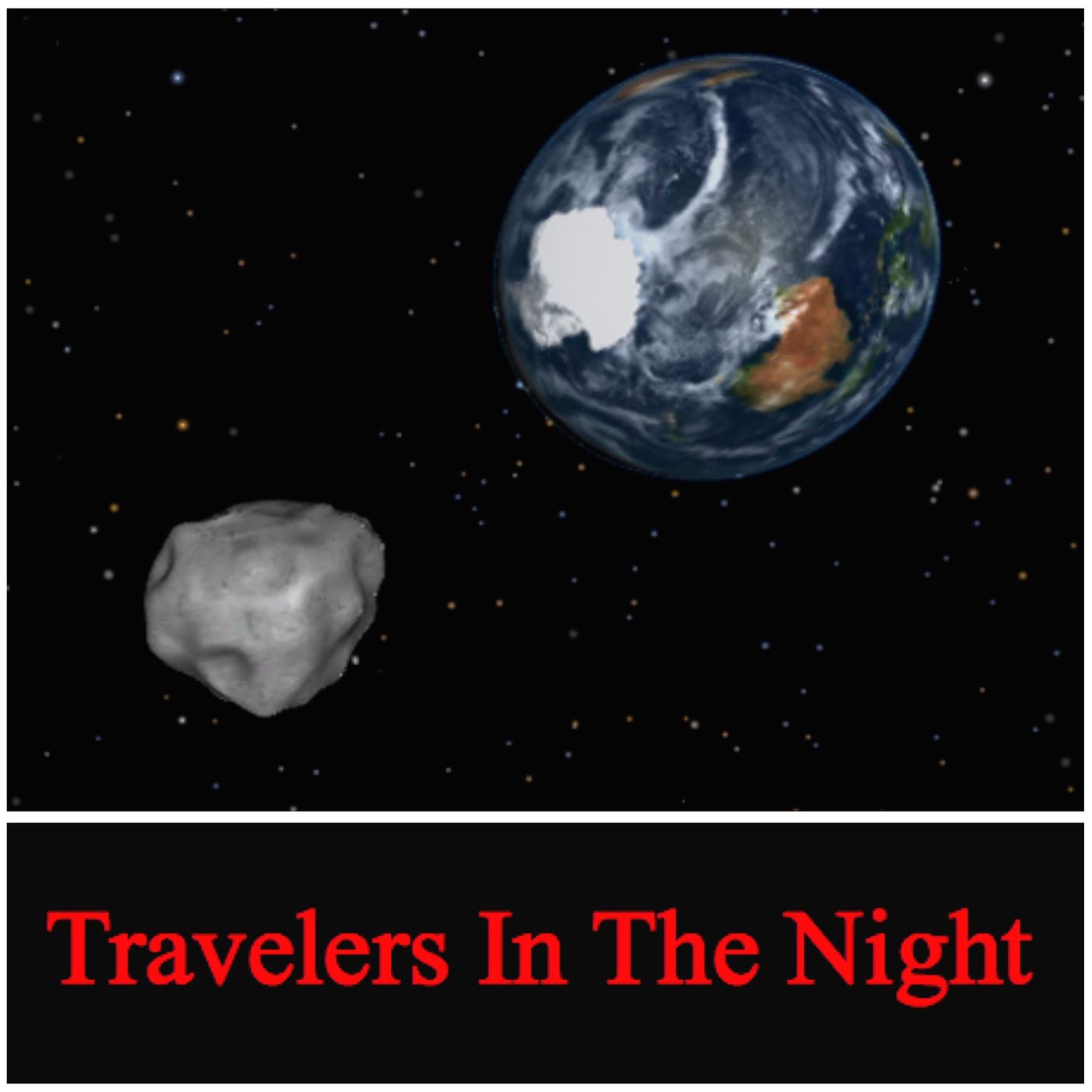Travelers In The Night
A real "Science Snack" for anyone who is interested in the extraterrestrial.Dr. Al Grauer is a member of the Catalina Sky Survey which has led the world in near Earth asteroid discoveries for 17 of the past 19 years.The music is "Eternity" by John Lyell.Astronomy Asteroids Space NASA Comets Earth Impact Aliens
871-New Mars Trojan
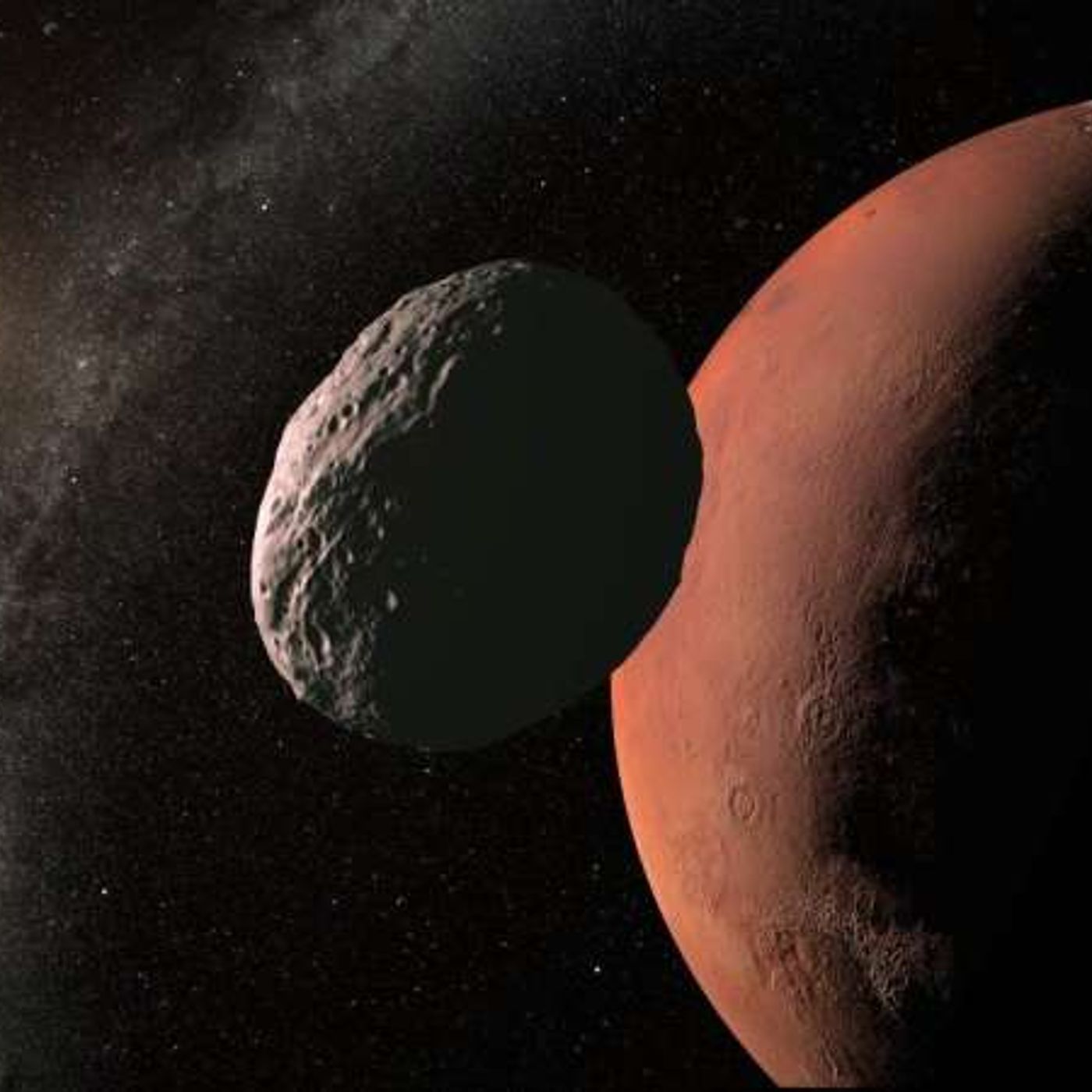
The Lagrange point L4 is 60° ahead of Mars whereas L5 is 60° behind Mars on the red planet’s orbital path about the Sun. An object placed at either of these locations is trapped gravitationally and is likely to remain there indefinitely. The Mars L4 and L5 locations could provide a permanent place for staging and resupply missions to Mars and would give humans a different view of space weather and its effects on our home planet.
358E-389-Tiny Spacecraft
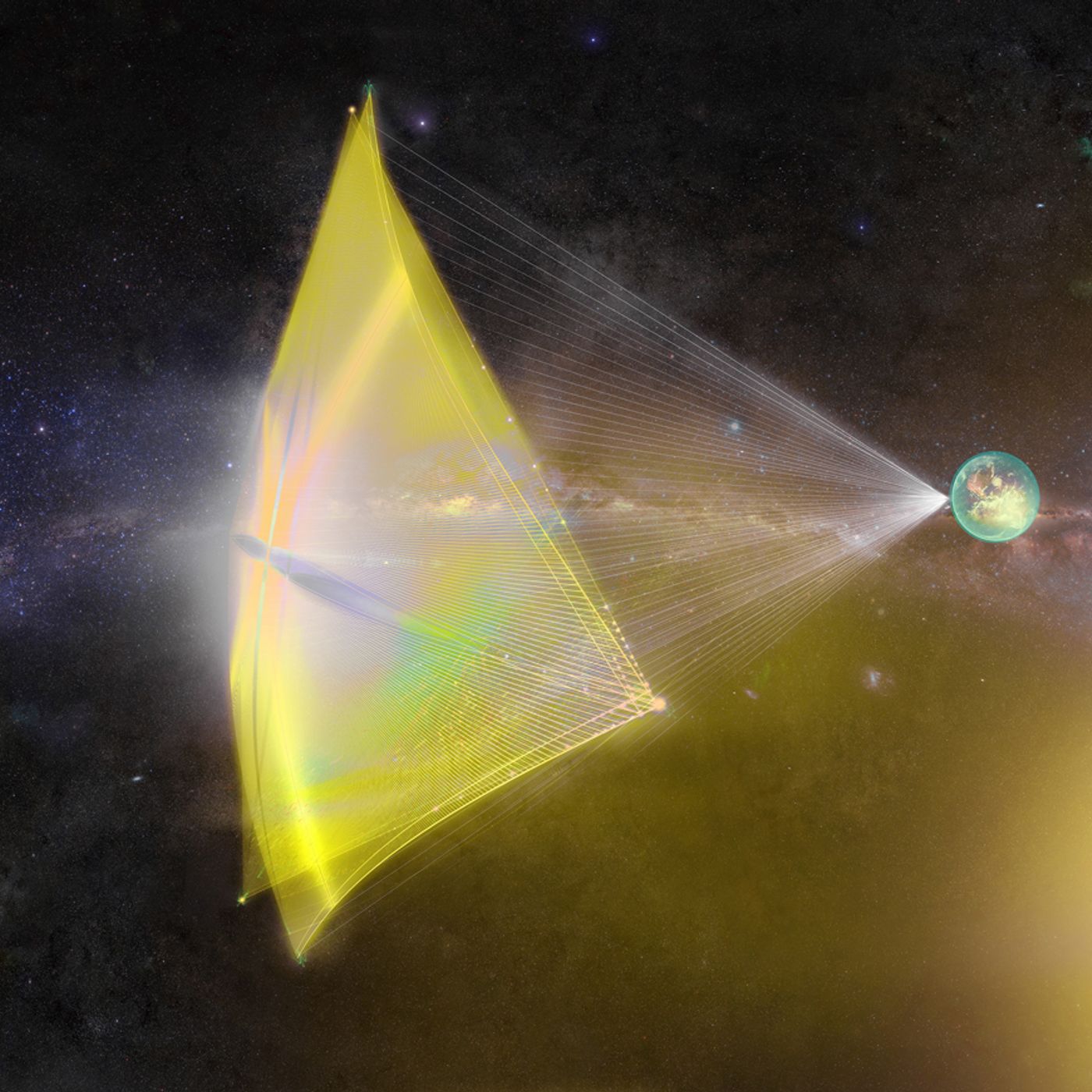
To reach the vicinity of the nearest star, 24 trillion miles away, in less than 20 years, an interstellar space probe would have to travel at a substantial fraction of the speed of light. Newton's laws of motion, published 300 years ago, predict that the greater the mass of an object the greater is the force required to increase it's velocity. In order to alleviate the need for the virtually unaffordable amount of energy required to accelerate a normal sized spacecraft to a speed of 20% of the speed of light, the Breakthrough Starshot program has funded the creation of 'Sprite' , the world's smallest...
870-Satellite Ashes
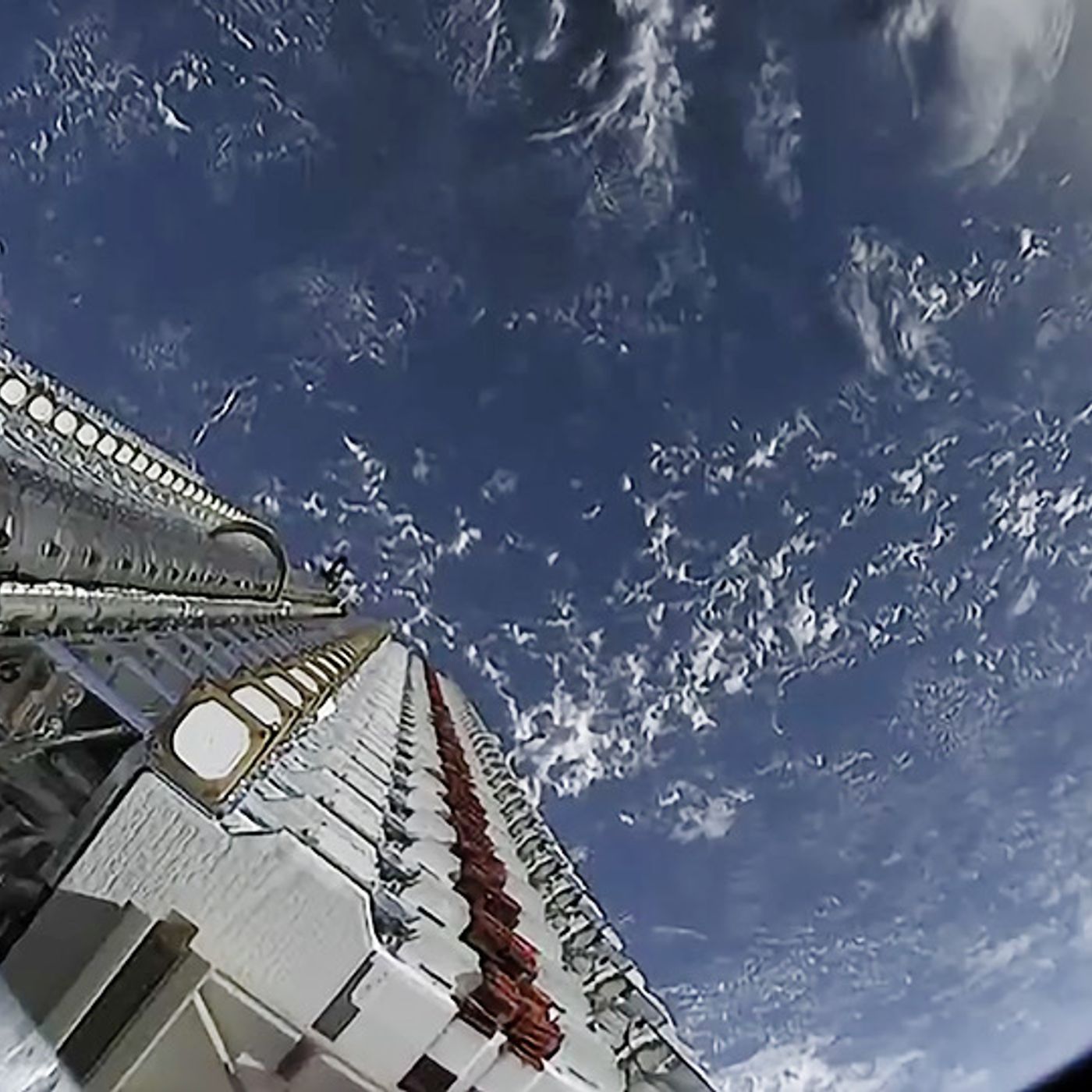
50 years ago scientists found that Chlorofluorocarbons or CFC chemicals in widespread use in refrigeration, air conditioning , and hair spray were beginning to damage the ozone layer in the Earth’s stratosphere which blocks harmful Solar UVB radiation from reaching the surface. The world wide response was the Montreal Protocol banning these chemicals from being released into the atmosphere. It saved millions of humans from dying of skin cancer. Satellite ashes are a new threat to the protective ozone layer.
357E-388-40 years
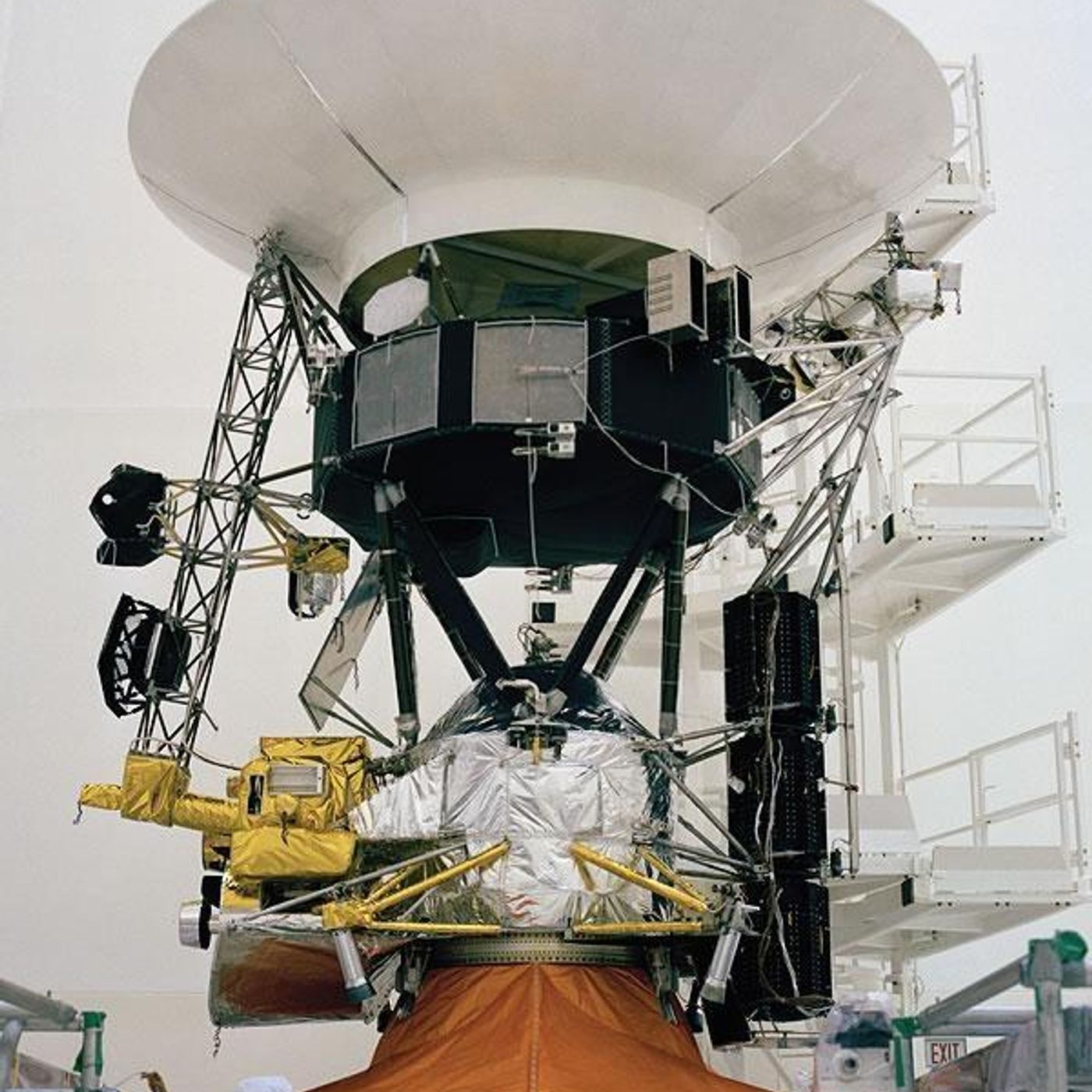
Looking at the stars on a clear dark night, far from the artificial air glow humanity creates, have you ever wondered what it would be like to travel in truly deep interstellar space? 40 years after their launches in 1977, your representatives, the twin Voyager 1 and Voyager 2 spacecraft are in the vast space between the stars in our Milky Way galaxy. Aboard each Voyager is a Golden Record time capsule which expected to last billions of years. This message from all of humanity is inscribed with greetings from Earth as well as sounds, images, and a decoding key which will enable any...
869-Taurid Resonant Swarm
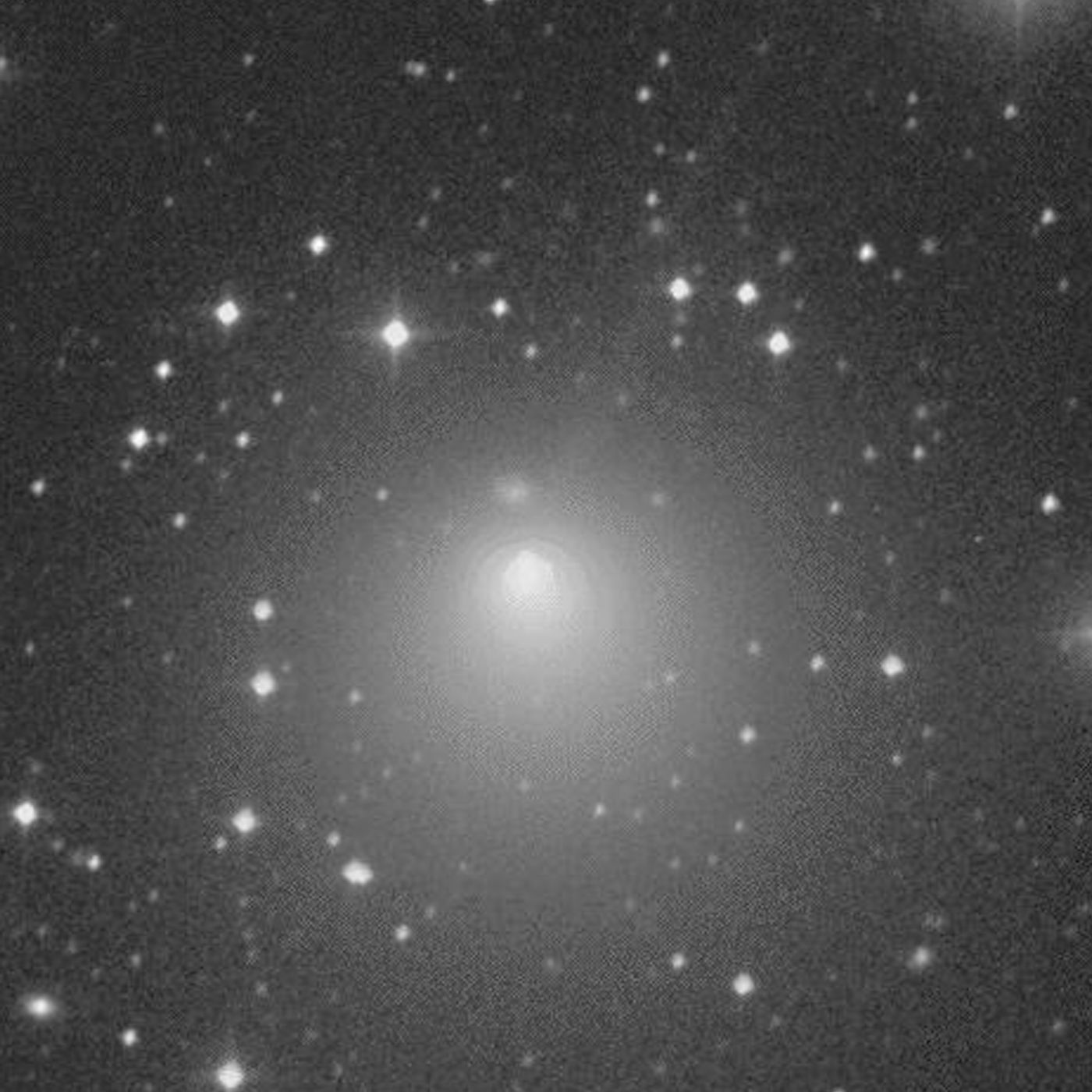
The planets, millions of asteroids, tens of thousands of comets, distant icy worlds, and countless other bits and pieces of material orbit the Sun. A group of such co-orbiting objects is called the Taurid complex or swarm. It consists of Comet 2P/Enke, a number of near Earth asteroids, and the meteor stream which produces the Taurid meteor shower every October and November.
356E-386-Interplanetary Sand Traps
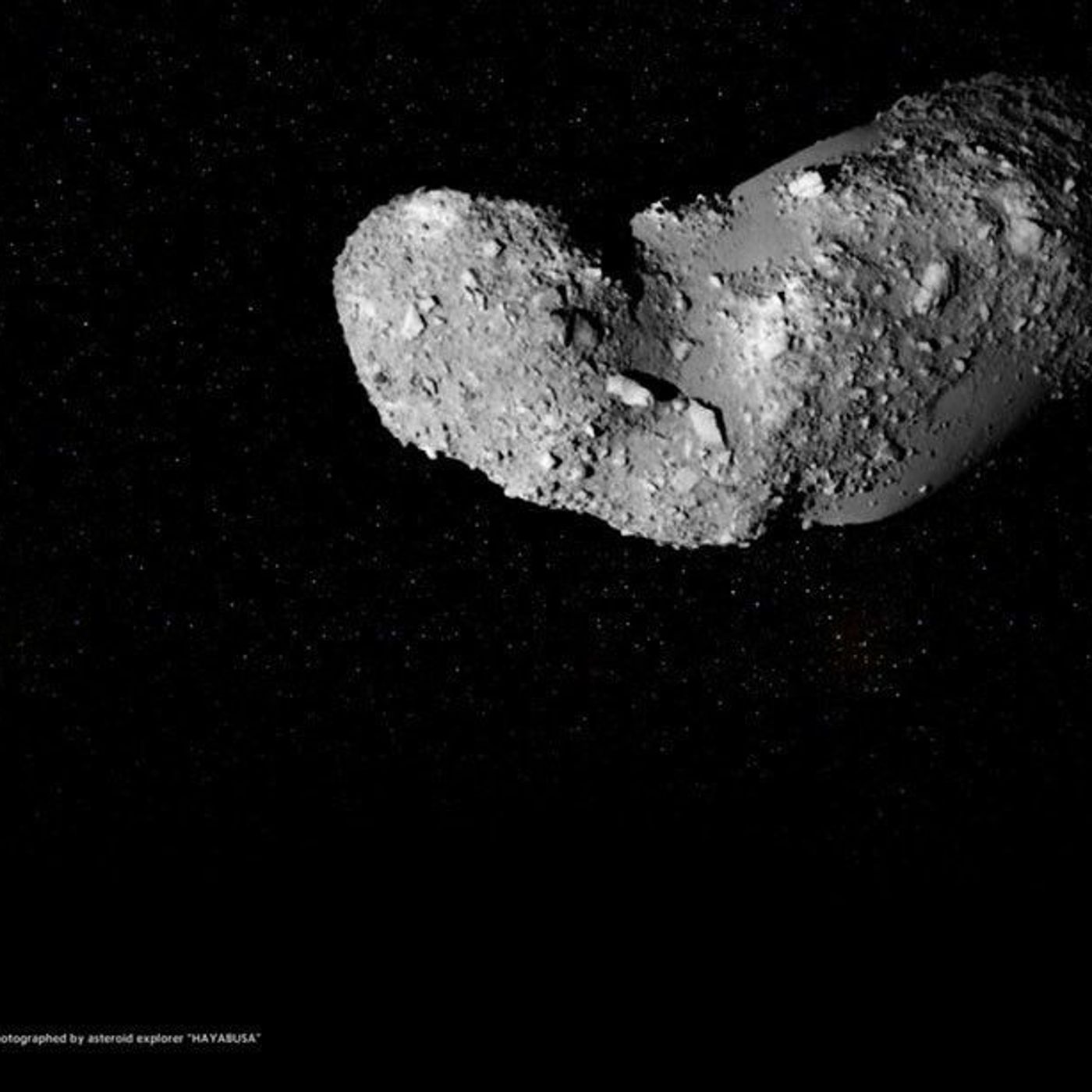
When the Japanese spacecraft Hayabusa [Hi ya Boo sa] visited the near Earth asteroid Itokawa in 2005 it found this 2000 foot by 800 foot elliptical world to have a variety of surface features. Instead of being a solid object like some asteroids, Itokawa is a rubble pile of boulders and pebbles held together by it's tiny gravity. The total volume of pebbles seems to be comparable to the volume of large rocks and boulders which make up Itokawa , however, the depths of the pebbles or their concentration in the center remains unknown. Given this uncertainty, this asteroid appears to be made up...
868-Inside Venus
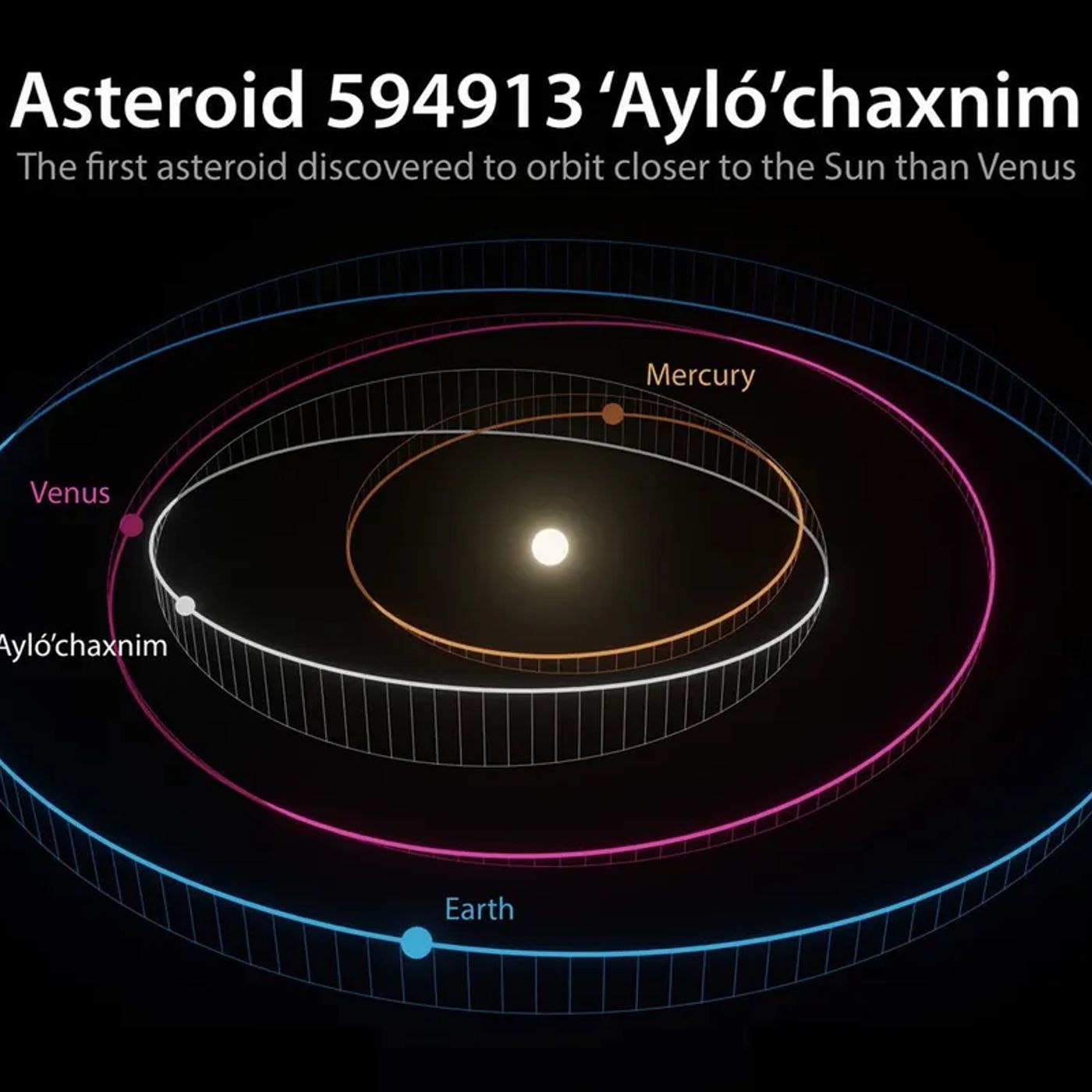
Astronomers have discovered some 1.4 million asteroids. Approximately 35,000 of these space rocks come near Earth. Less than 40 of them are classified as being Atira asteroids whose orbits lie entirely within the Earth’s orbit about the Sun. Only one of these, asteroid number 594913 named 'Ayló'chaxnim (eye-LAW-chax-nim ) has an orbit which is entirely within the orbit of the planet Venus.
355E-383-Moon Water
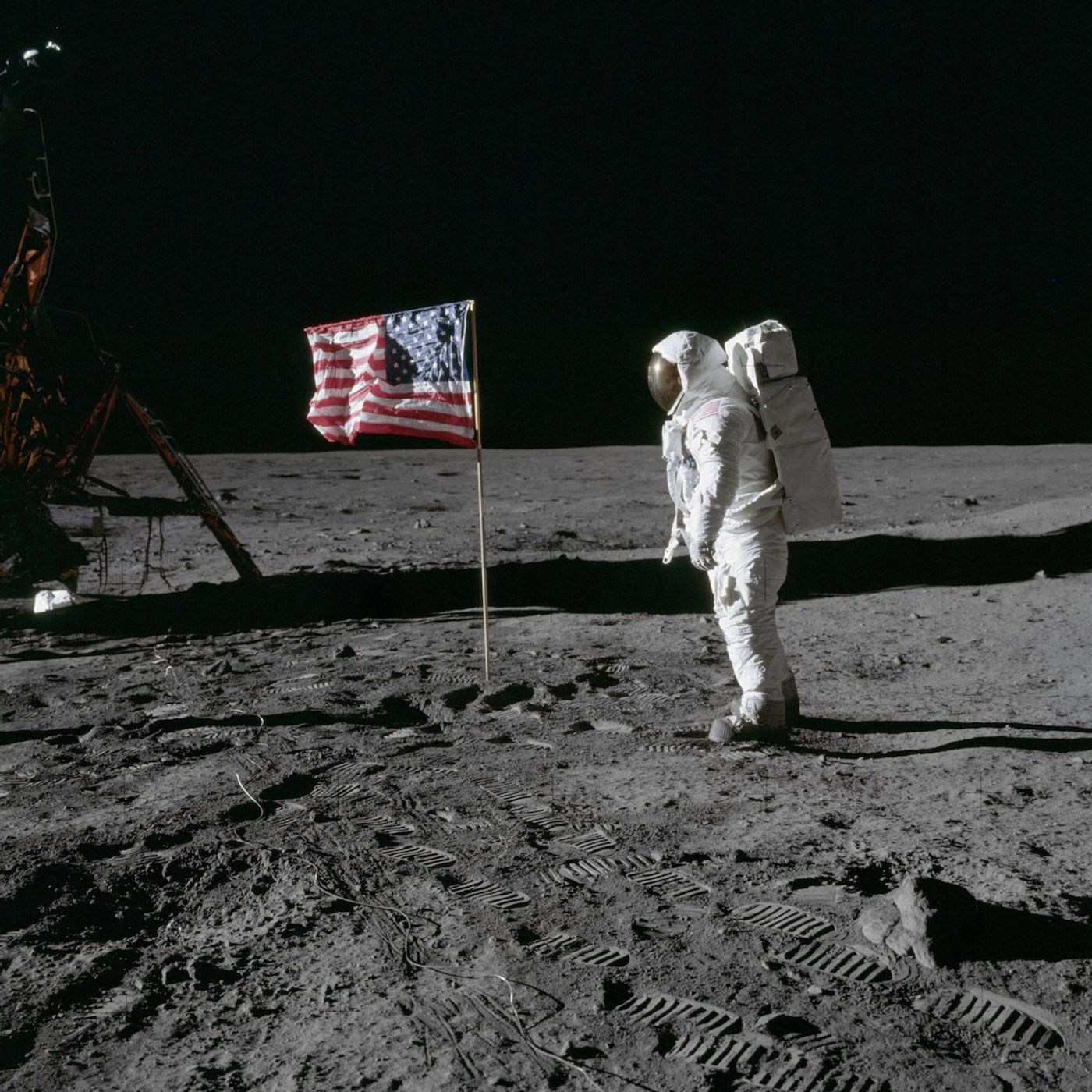
The lunar roving, battery powered, 4 wheel drive "Moon Buggy" allowed astronauts on Apollo 15, 16, and 17 to travel 8 mph on the lunar surface with a maximum range of approximately 4.7 mi. Some of the rocks that these space travelers brought back, from the tiny area they were able to visit on the Moon, contained volcanic glass beads with trace amounts of trapped water inside of them.
867-Daytime Fireball
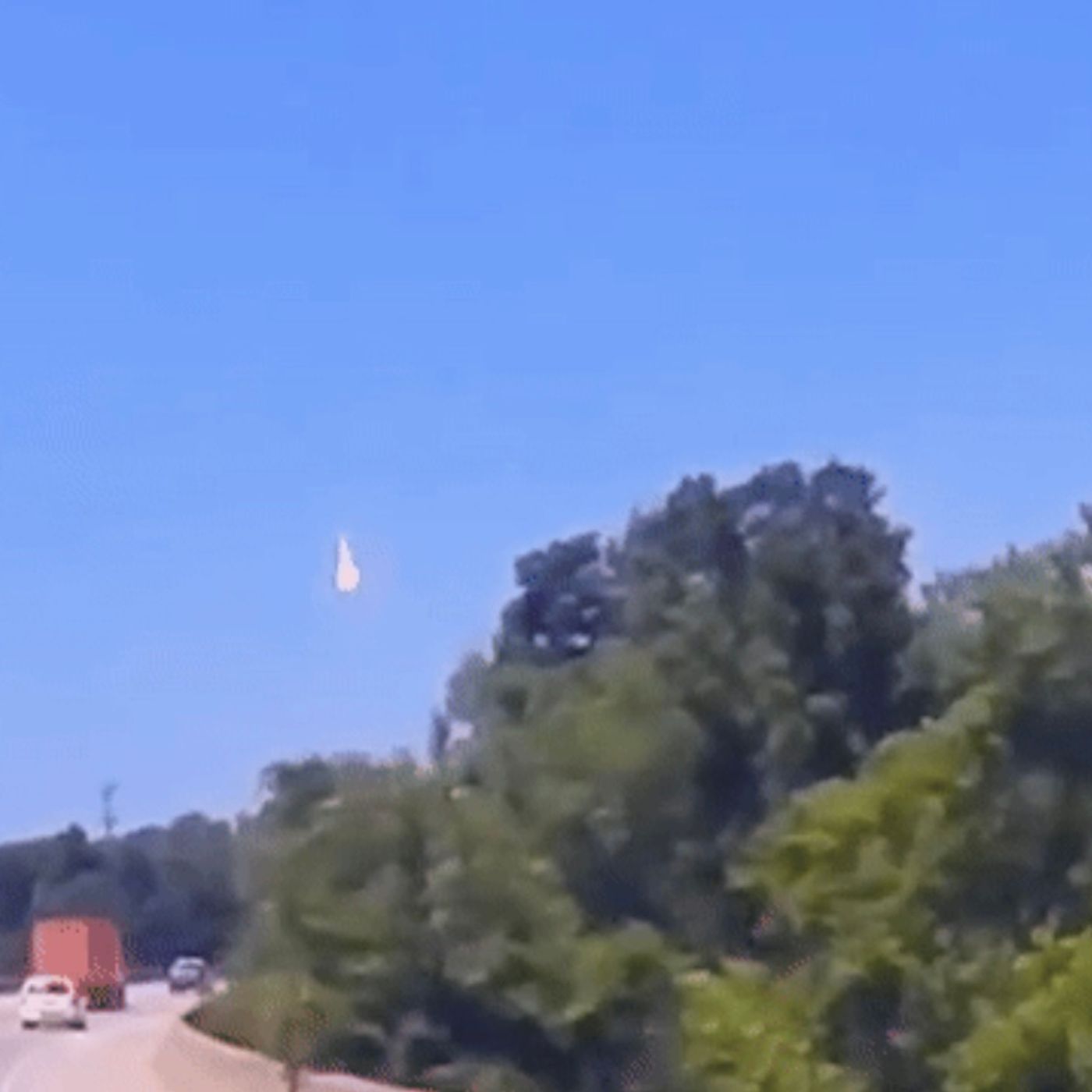
Dr. Bill Cooke of NASA’s Meteoroid Environment Office reports that on June 26, 2025 shortly after noon a beachball sized meteoroid traveling at approximately 30,000 miles per hour broke up about 27 miles above the town of West Forrest, Georgia.
354E-382-Martian Debris
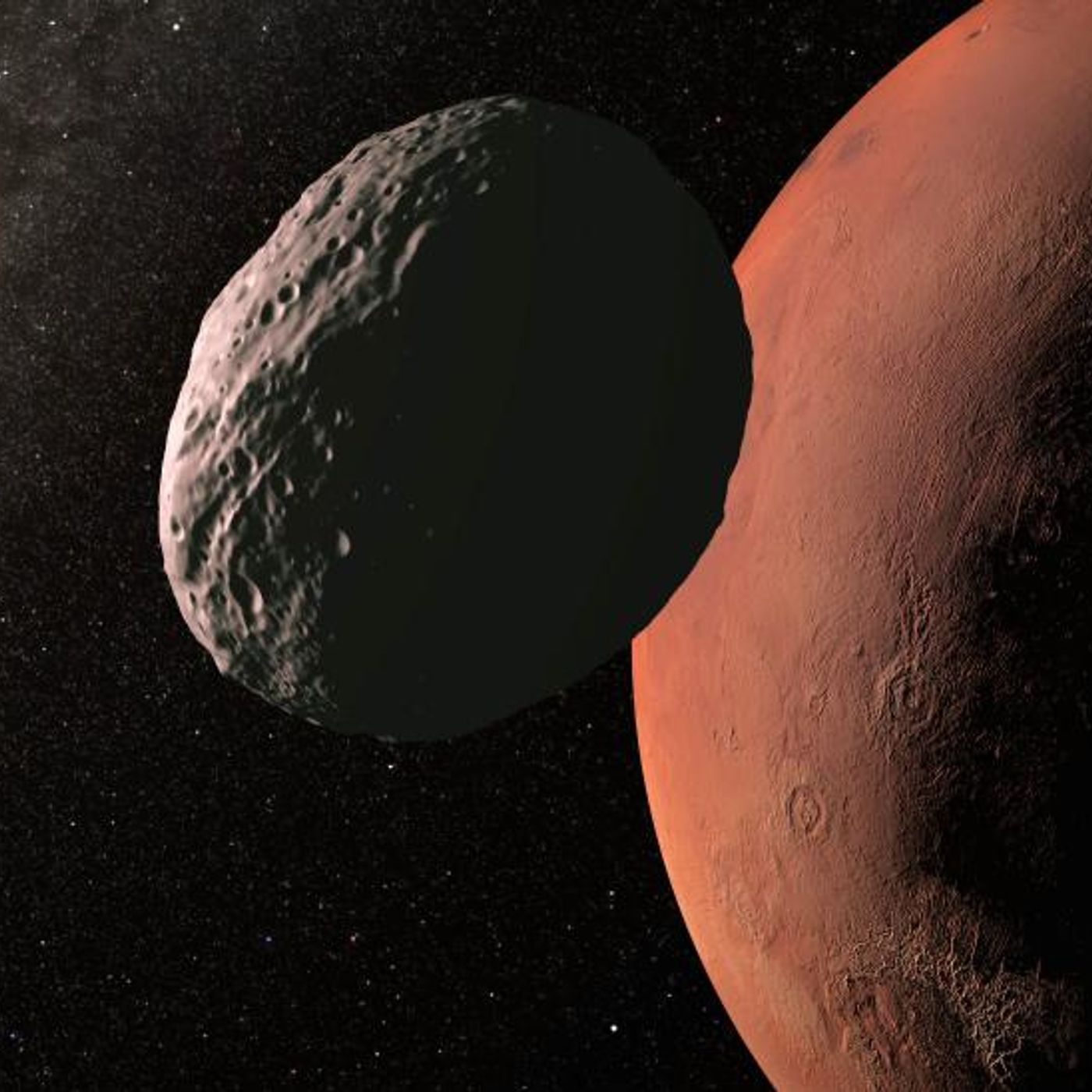
Martian Trojan asteroids have stable orbits around the Sun, leading and trailing the red planet by 60 degrees, where the Sun's and Mars's gravity are balanced. For some time astronomers have considered it unlikely that these asteroids wandered in from the asteroid belt. Recently, Dr. David Polishook of the Weizmann Institute of Science in Israel led a group of researchers who published a paper in the journal Nature Astronomy which sets forth evidence that a group of 7 Martian Trojan Asteroids were blasted from the Martian surface when a large asteroid impacted the red planet early in the history of the solar...
866-Interstellar Visitor
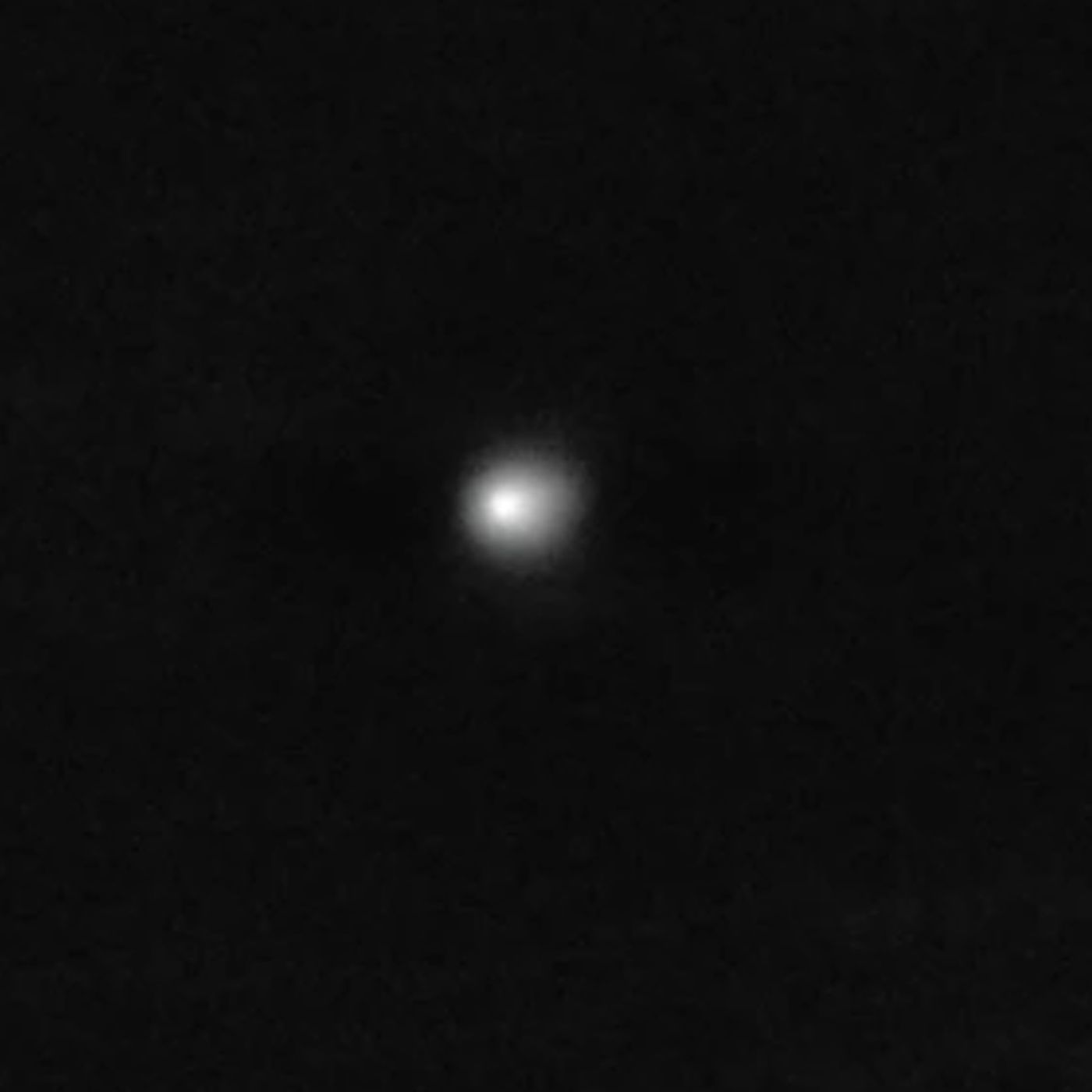
Amazingly, nature occasionally sends an interstellar traveler through our solar system for us to observe. The third such object that astronomers have discovered coming into our solar system from truly deep space is 3I/ATLAS. It was discovered as it streaked towards the inner solar system at 130,000 miles per hour by the ATLAS team’s 20 inch telescope in Chile and was quickly tracked by telescope around the world.
353E-381-Peaceful Star
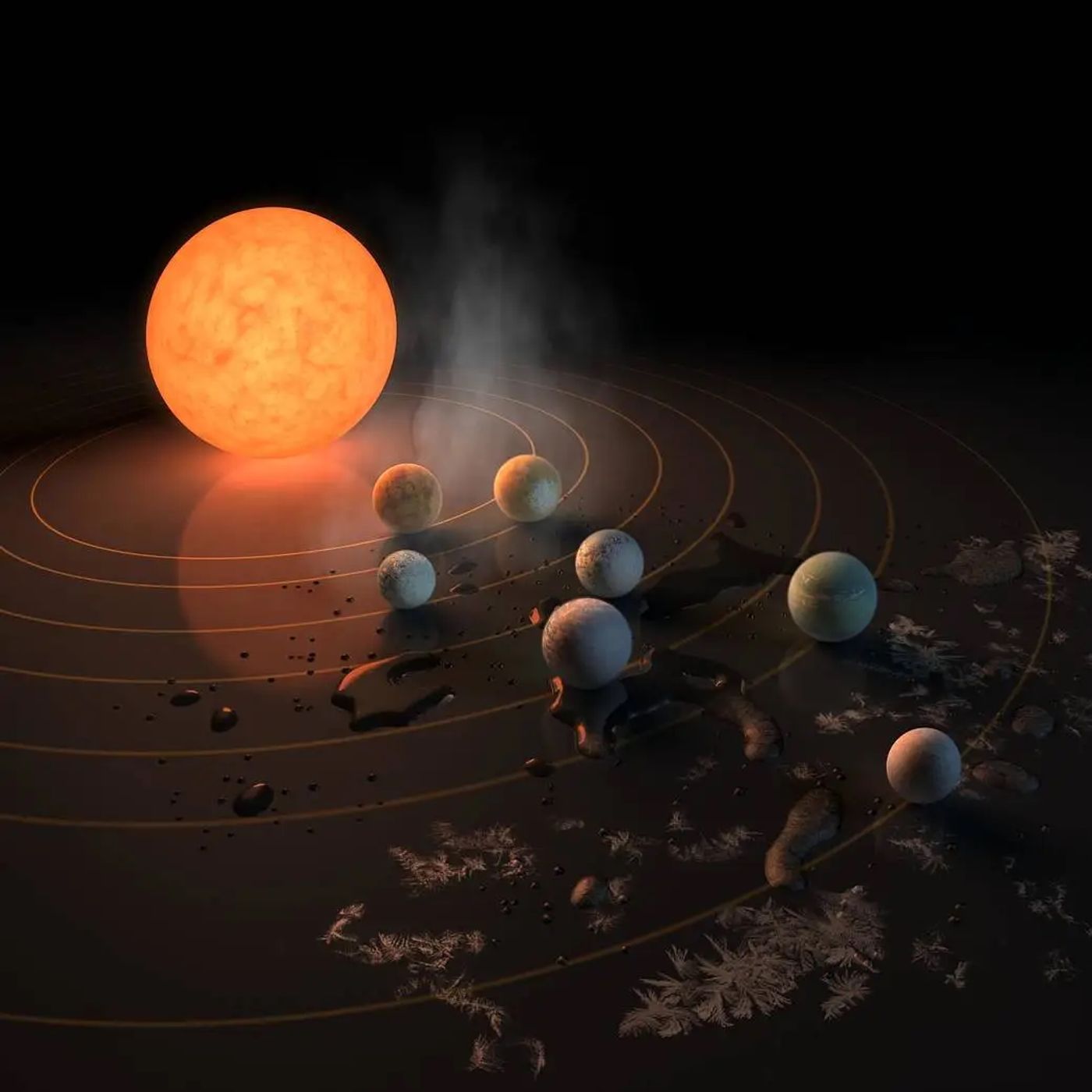
The Sun is our very own well behaved star. It rises and sets in our sky every day and powers and makes possible all life forms on planet Earth. A new appreciation for our Sun is growing as we learn more about other suns and their families of planets. The Trappist-1 system of 7 planets orbits a dim M type red dwarf star about 40 light years away in the constellation of Aquarius.Recently, Dr. Manasvi Lingam and Dr. Abraham Loeb of Harvard University have calculated the likelihood that planets orbiting red dwarf stars are able to possess an atmosphere conducive to...
865-New Potentially Hazardous Asteroid
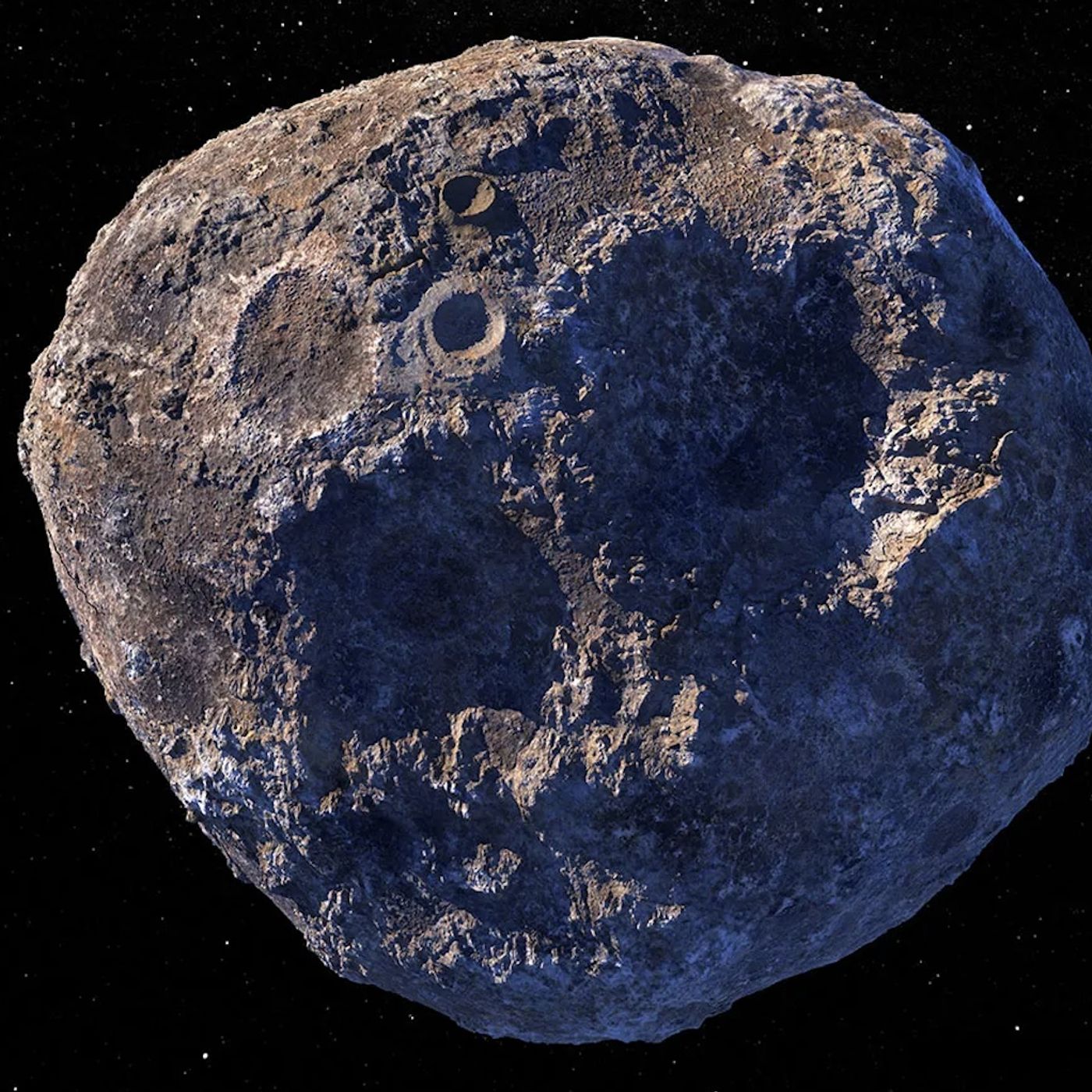
On a a short June night my Catalina Sky Survey teammate Greg Leonard was observing with our 60 inch telescope on Mt. Lemmon, Arizona in the constellation of Ursa Major when a relatively bright fast moving point of light appeared in a set of his images. Even though on its current path Greg's discovery, 2025 MM89, has virtually no chance of impacting our home planet asteroid hunters will continue to track it to make sure it doesn’t become a threat as it passes other objects in space.
352E-379-Flying Mud Balls
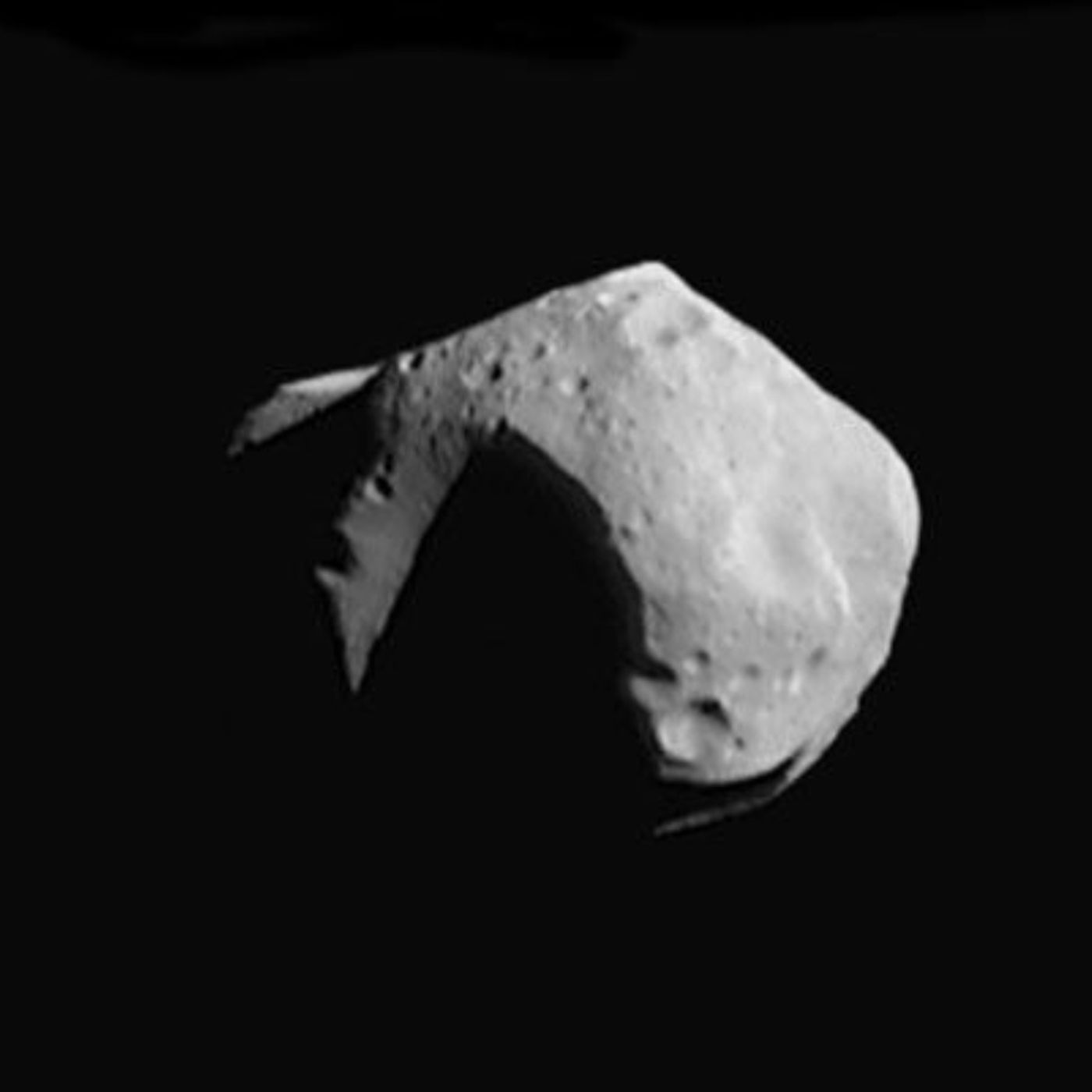
75% of asteroid hunter's discoveries are called C type asteroids. They are dark, have a high abundance of carbon, consist of clay and silicate rocks, and may have a composition which is up to 22% water. Recently Dr. Phillip A. Bland of Curtin University in Australia and Dr. Bryan Travis of the Planetary Science Institute in Tucson, Arizona published an article in the on line journal Science Advances describing their numerical simulations of the evolution of the progenitors of the C type asteroids. These researchers find that these common asteroids are likely to have started out as giant convecting mud balls which...
864-Lunar Debris
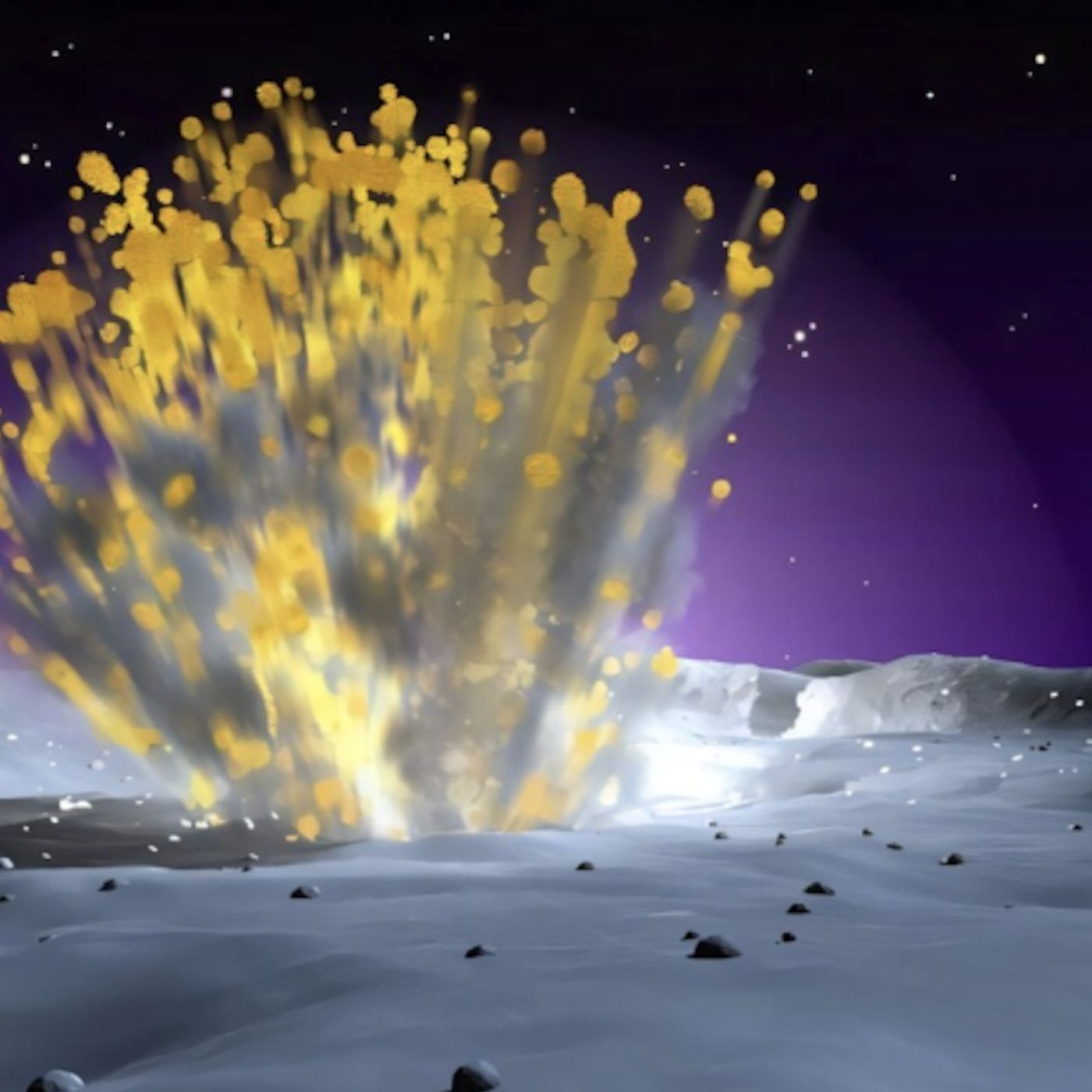
Asteroid 2024 YR4 will not hit the Earth in 2032, has a 4% chance of hitting the moon, and most likely will pass within 900 miles of the lunar surface. If 2024 YR4 were to impact the Moon it could send about the mass of several small cargo ships into space with lunar escape velocity and could pose a threat to our satellites.
351E-376-Active Asteroids
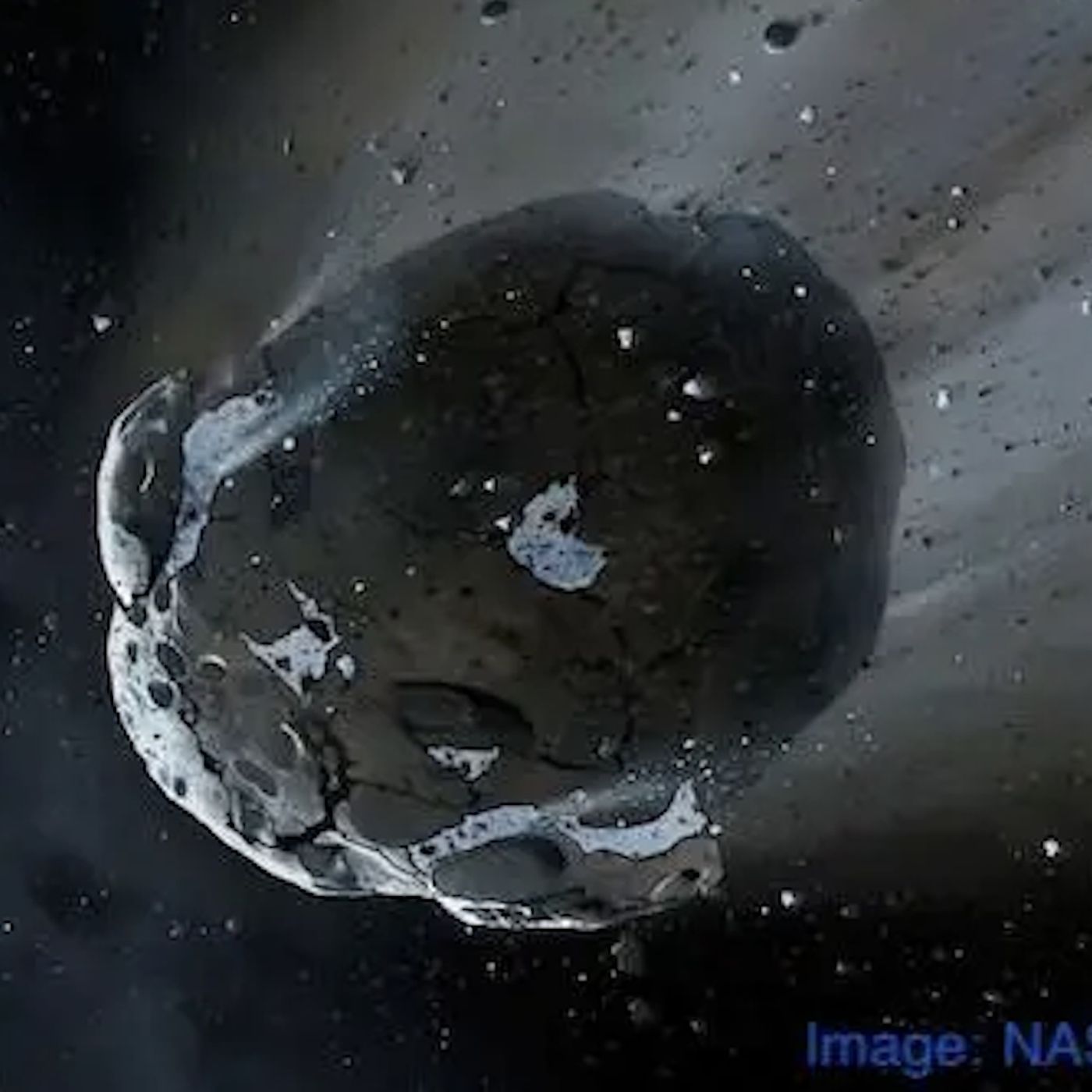
When it was first spotted by astronomers at Space Watch on Kitt Peak, 2008 GO98 appeared to be one of many outer main belt asteroids moving through the night sky. 9 years later when my Catalina Sky Survey teammate Greg Leonard observed it with our 60 inch telescope on Mt. Lemmon it had a coma and a tail like a comet. Active asteroids like 2008 GO98 have asteroid orbits but sometimes show cometary activity which could be caused by a collision with another object and/or by thermal fracturing and ice sublimation caused by the slight warming they obtain from sunlight.
863-Space Elevator
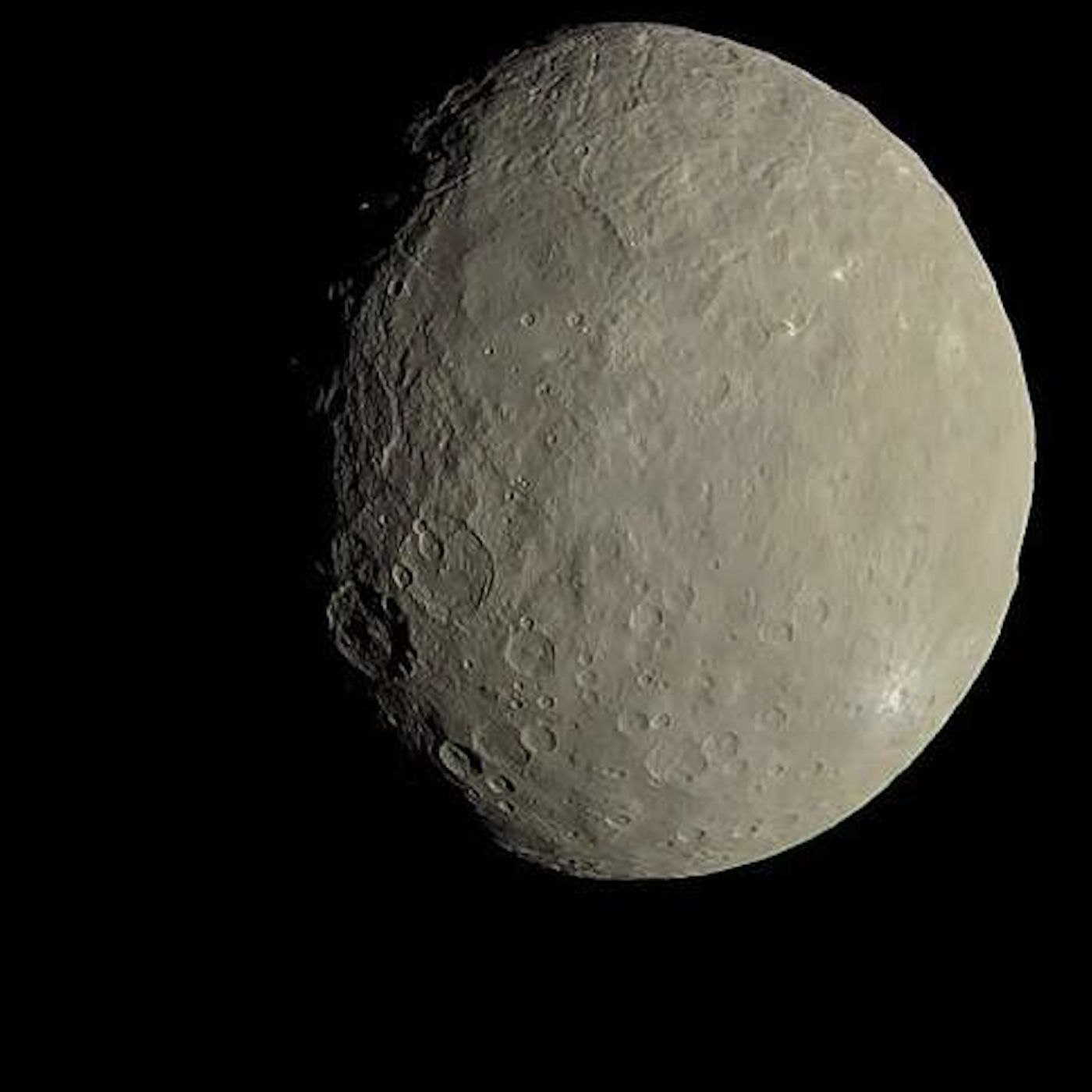
In a recent study Dr. Lynnane George and her co-authors investigate Space Elevator technology to remove materials from Ceres and deliver them to orbital depots around the solar system. The tiny gravity of Ceres, nano-fiber technology, and different water propulsion systems are utilized by Dr. George and her team to construct theoretically possible systems which would extract raw materials from Ceres and deliver them to low Earth orbit and other locations within the solar system. These researchers estimate such a transport system could reduce fuel costs by up to 60% compared to transport from the Earth’s surface.
350E-374-Brute
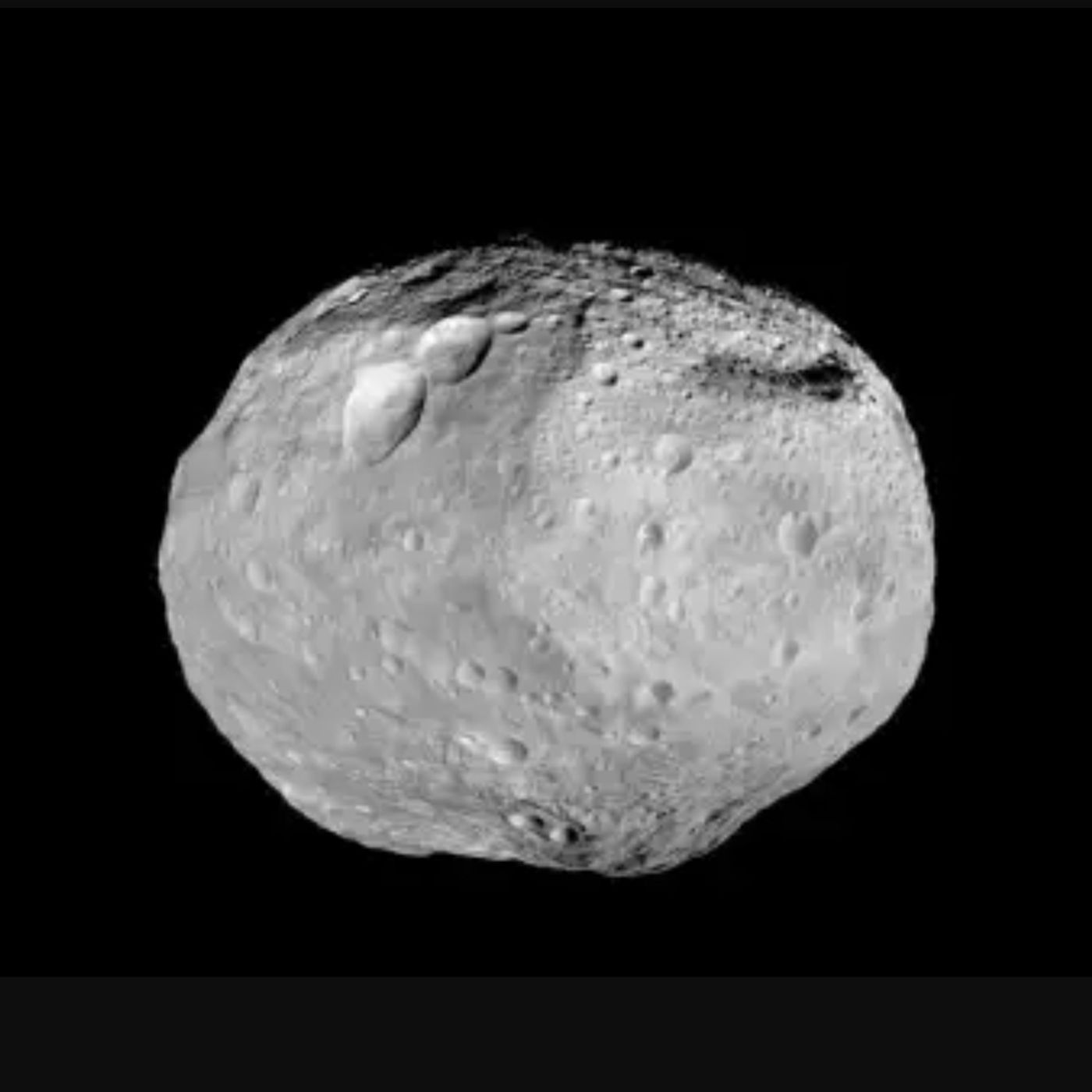
Recently my Catalina Sky Survey teammate Richard Kowalski discovered a 0.4 mile diameter asteroid with the Catalina Sky Survey Schmidt telescope on Mt. Bigelow, AZ. Two hours and 11 minutes later it came into a set images I obtained with the 60 inch telescope on Mt. Lemmon, AZ. After I reported it, the new object was tracked by telescopes in Arizona, New Zealand, Slovenia, Kansas, Australia, Hungary, France, and Brazil. The Minor Planet Center used these data to calculate it's 1,353 day long orbit around the Sun, estimate it's size, and give it the name 2017 MB1. Fortunately it will not impact the Earth in...
862-New Planet 9 Search
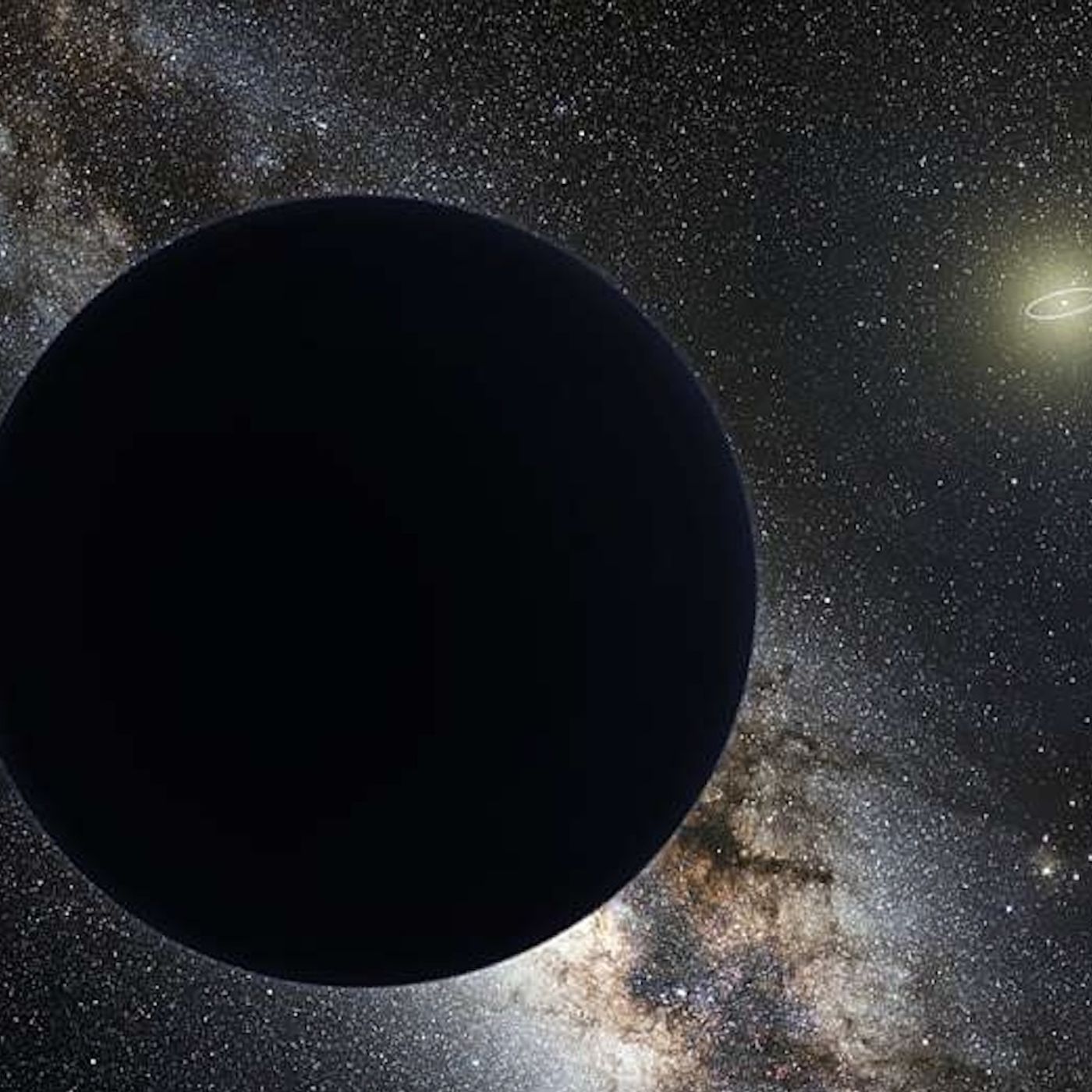
Recently, using data from the Japanese infrared telescope AKARI, Dr. Amos Y.A. Chen and his collaborators published a paper in the Publications of the Astronomical Society of Australia which predicts the approximate positions of two massive Planet 9 candidates. To arrive at their conclusions this team carefully searched the AKARI observations for objects which over the course of months change their positions relative to distant stars and galaxies. Further observations are required to determine if either of these move like a Planet 9 or if instead they are some other type of distant astronomical object.
349E-372-Trappist-1 Planets
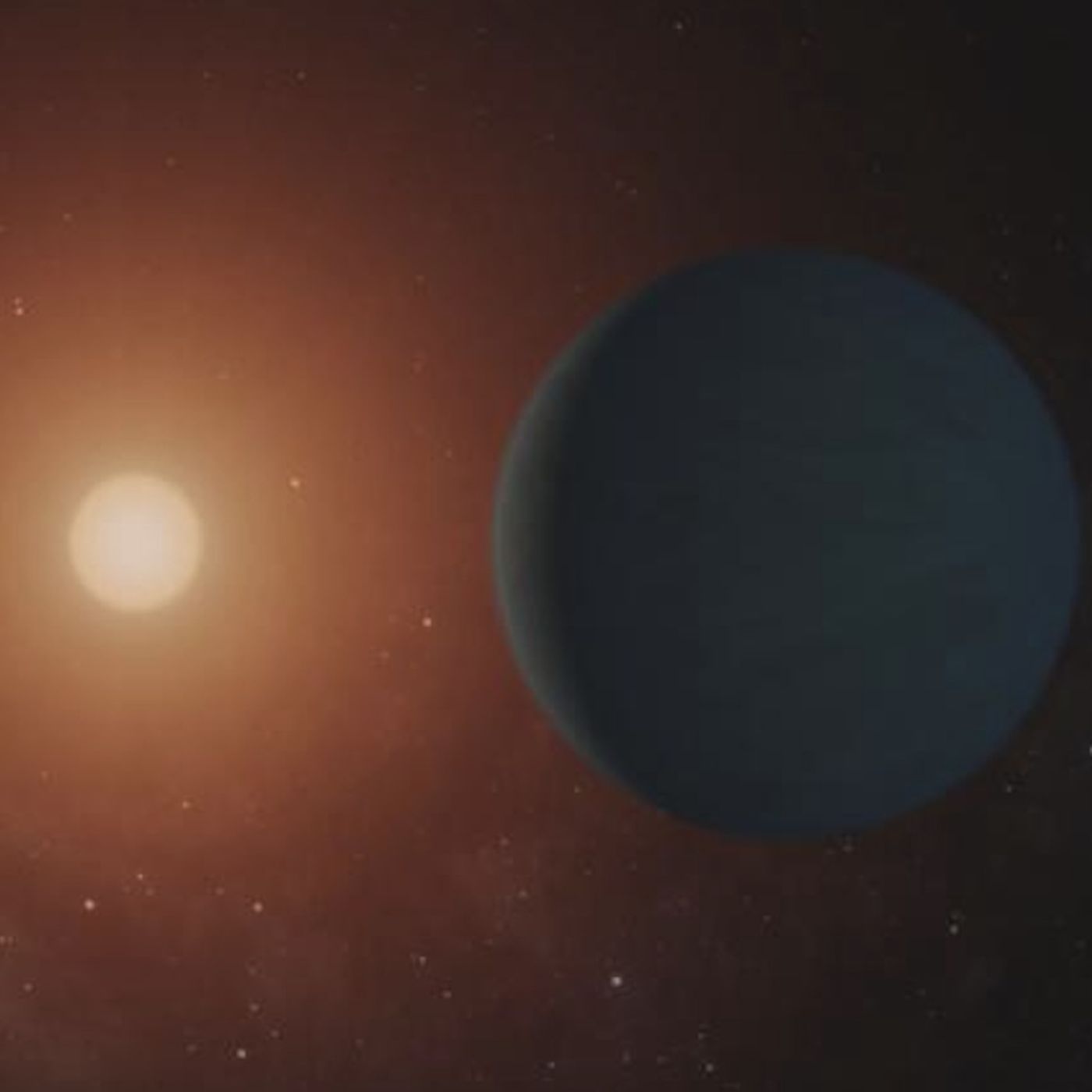
The Trappist-1 planetary system located about 40 light years away in the constellation of Aquarius consists of a small red dwarf star and 7 Earth sized planets. By carefully studying changes in the planet's transit timings and the shape of the dip in the host star's brightness as each planet transits across it, astronomers have been able to measure the orbital period, radius, and approximate mass for each of the 7 planets. Dr Billy Quarles of the University Oklahoma and his team used thousands of numerical simulations on super computers to investigate the range in each planet's parameters which would cause it to...
861-Big Bear Observatory
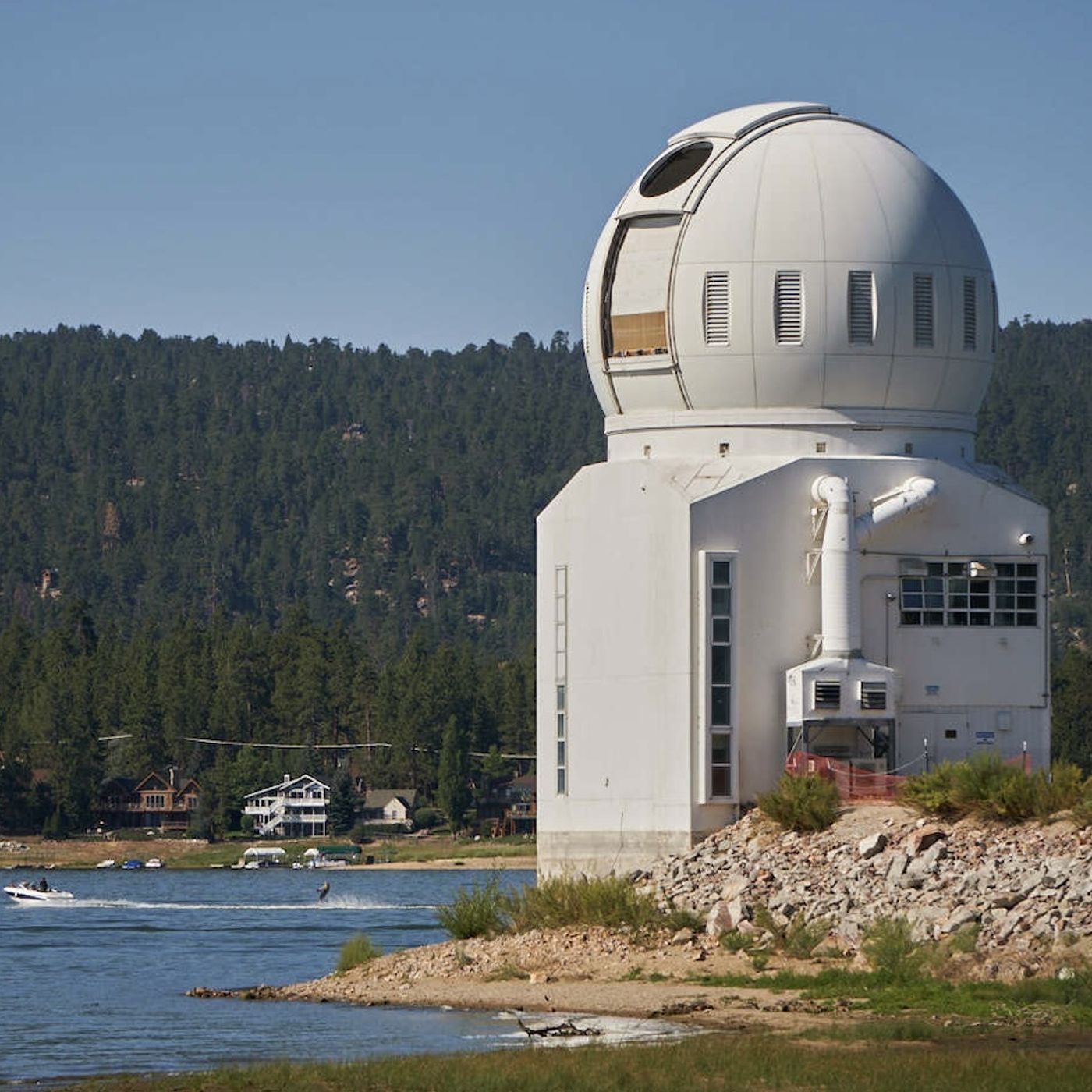
Big Bear Solar Observatory is a unique facility operated by the New Jersey Institute of Technology. Its 1.6 meter Goode Solar Telescope is located on the north side of Big Bear Lake at an elevation of 6,760 feet above sea level in the San Bernardino Mountains of Southern California. Being surrounded by cold water at high altitude provides the site with exceptional atmospheric stability and thus the possibility of extremely high quality solar images. It is hard to predict the value of basic research, however, work like this will eventually enable scientists to better understand how solar flares and other activity in the...
348E-371-2 Headed Space Worm
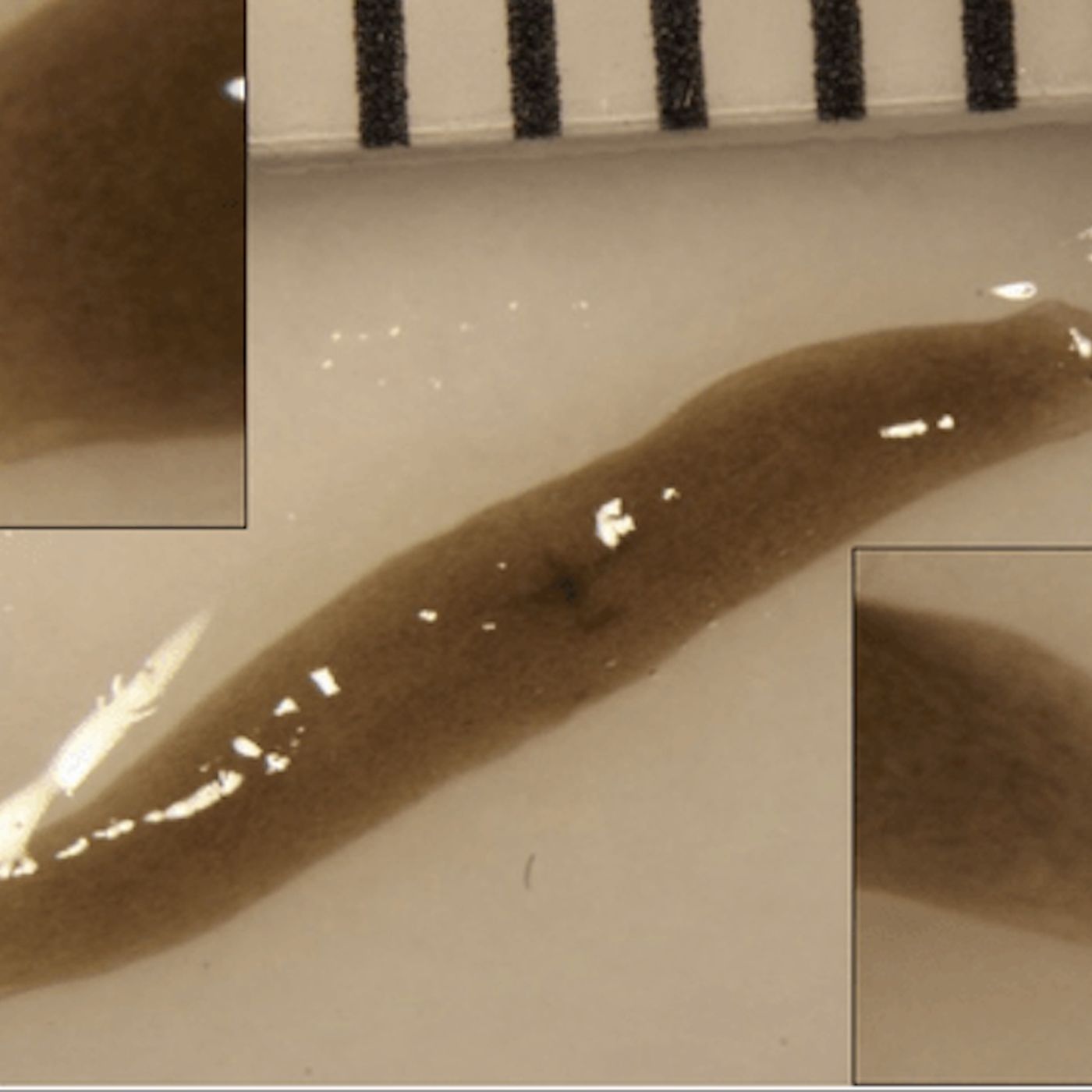
Humans are moving towards a day when there are space colonies in orbit, on the Moon, and the planet Mars, places where the force of gravity ranges between zero and 38% of what we experience every day. What effect will such different environments have on the regeneration of liver, skin, and other human body organs? To discover how the remarkable ability of Planaria flat worms to regenerate amputated body parts functions in a weightless environment researchers at Tufts University compared a group of whole and amputated flat worms which had lived for 5 weeks on the International Space Station with control groups...
860-Worlds Largest Solar Telescope
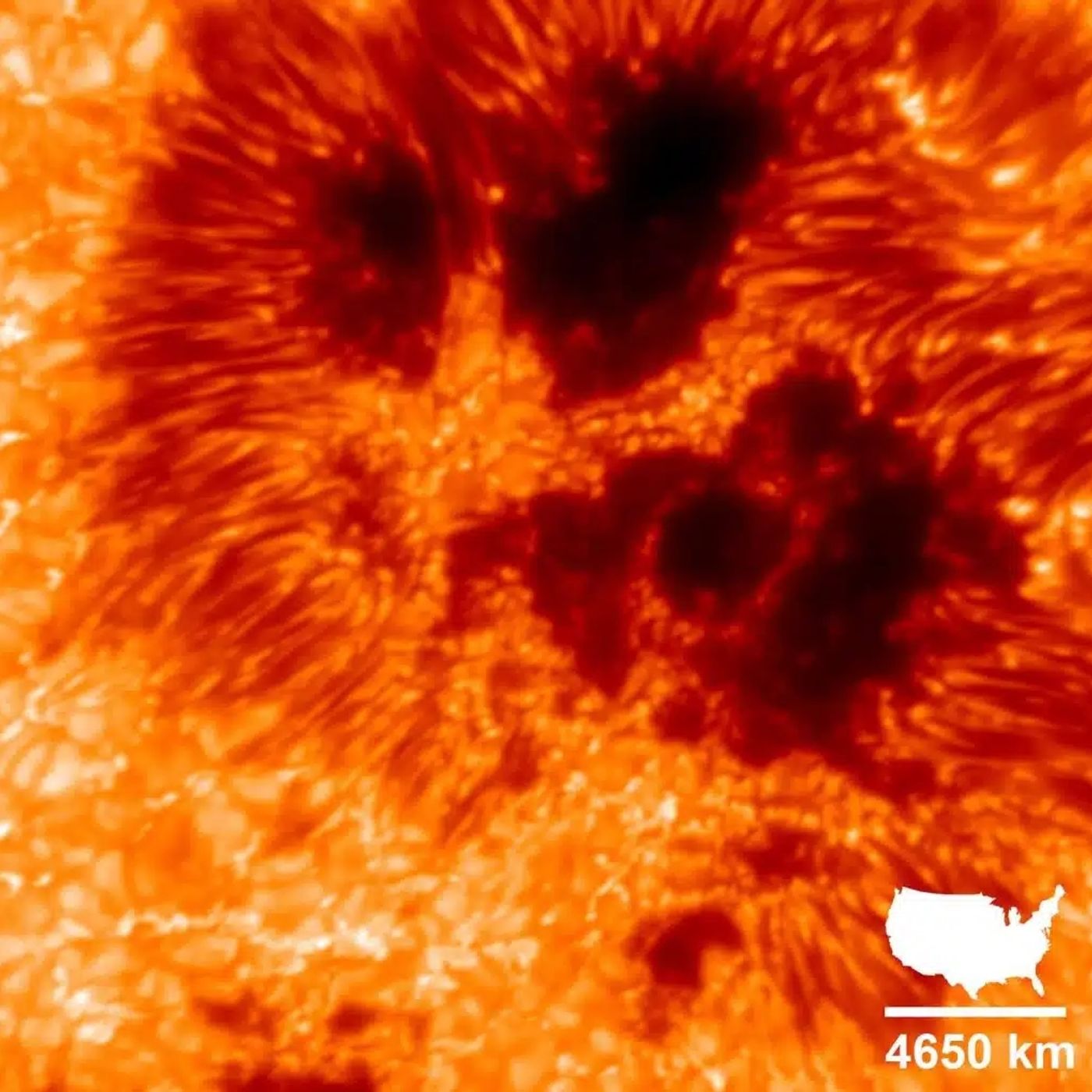
The US National Science Foundation’s Daniel K. Inouye Solar Telescope is the worlds largest solar telescope. It is perched 10,000 feet above sea level on the top of Haleakalā on the Hawaiian island Maui. Its location and 4 meter mirror enables the Inouye to see details in the solar atmosphere as small in diameter as the island of Manhattan. 3D maps of the solar atmosphere produced by the Inouye’s new Visible Tunable Filter will enable humans to put their equipment into a safe mode when necessary
347E-370-Life's Parts
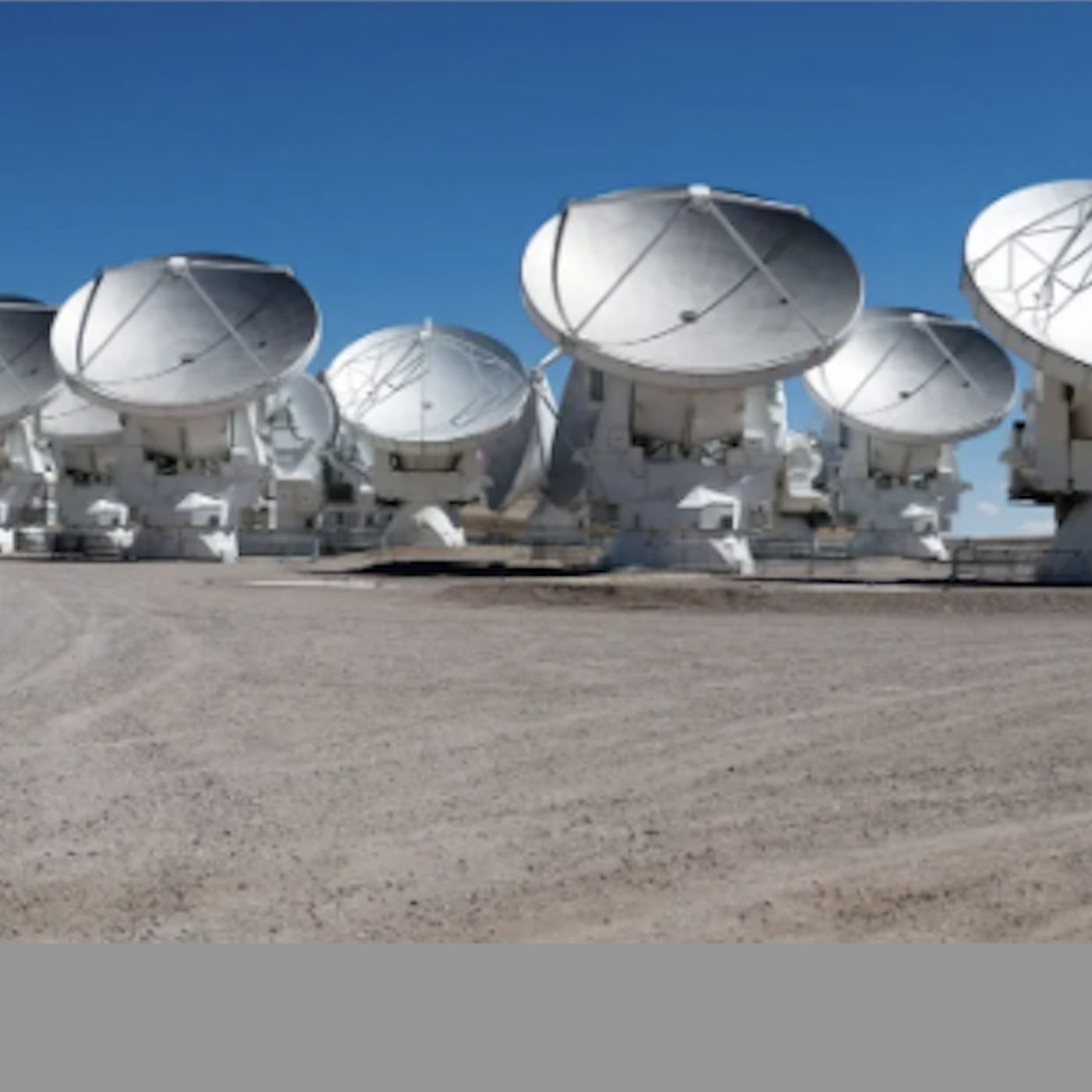
24 hours a day, 16,600 feet above sea level in the high dry desert of northern Chile, the 66 antennas of 1.4 billion dollar Atacama Large Millimeter/submillimeter Array or ALMA receives signals located between the infrared and radio portions of the electromagnetic spectrum. The waves that ALMA receives have a length which is about the same as the thickness of a dime. The pattern of present and missing wavelengths in these signals contains the characteristic spectral signatures of the complex molecules that form the basis of living organisms.
859-Powerful Solar Storm
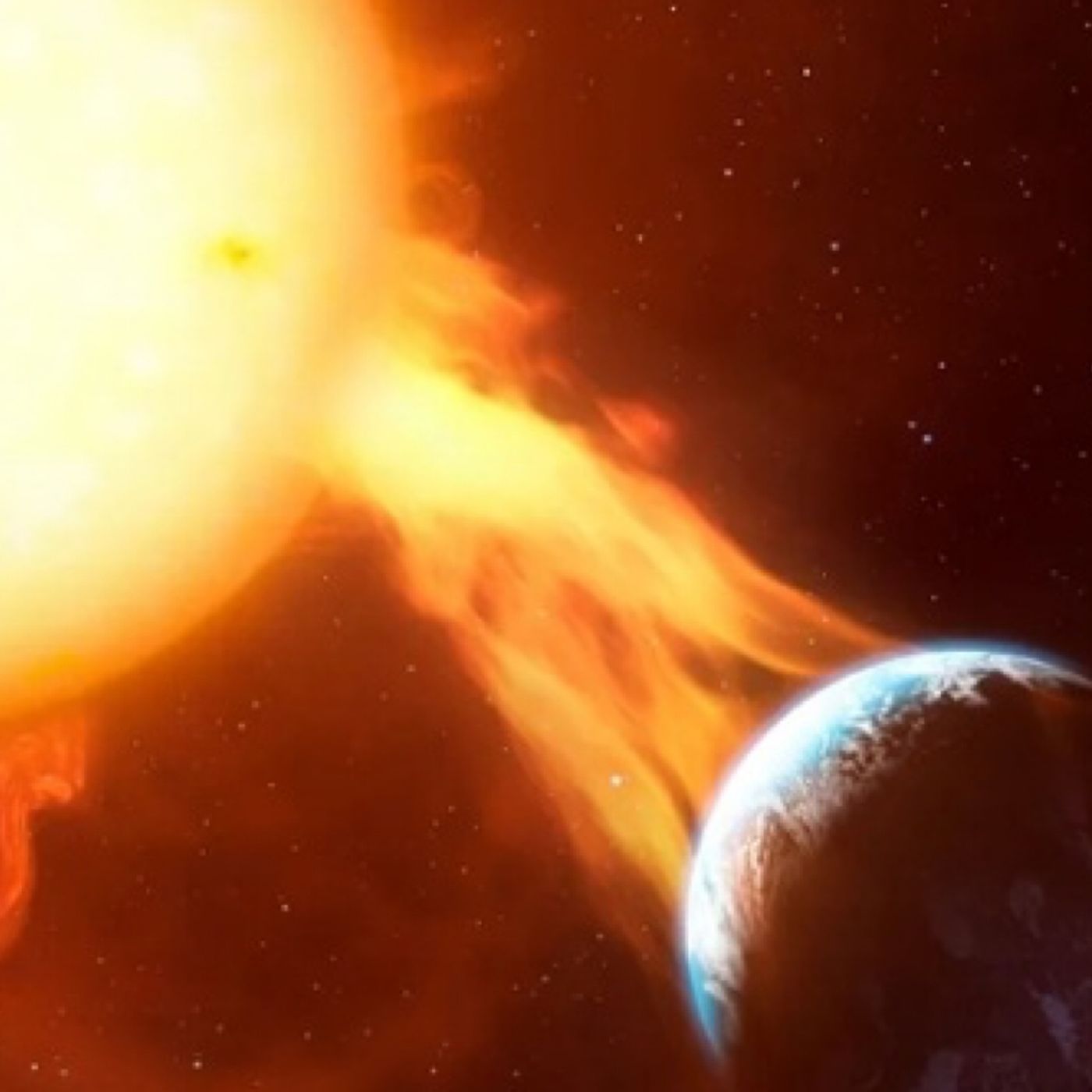
After the Earth the Sun is the most important object for human beings in the Universe. It is the energy source which produces our food and is the source for all of the energy and motion around us except for geothermal and nuclear energy sources. The Sun is normally well behaved the exception being solar storms which can dump incredible amounts of energy onto the Earth. Scientists are working hard to understand solar super storms to enable humans to mitigate the trillions of dollars damage one could cause to our modern electronic technology
346E-369-Finding Treasure
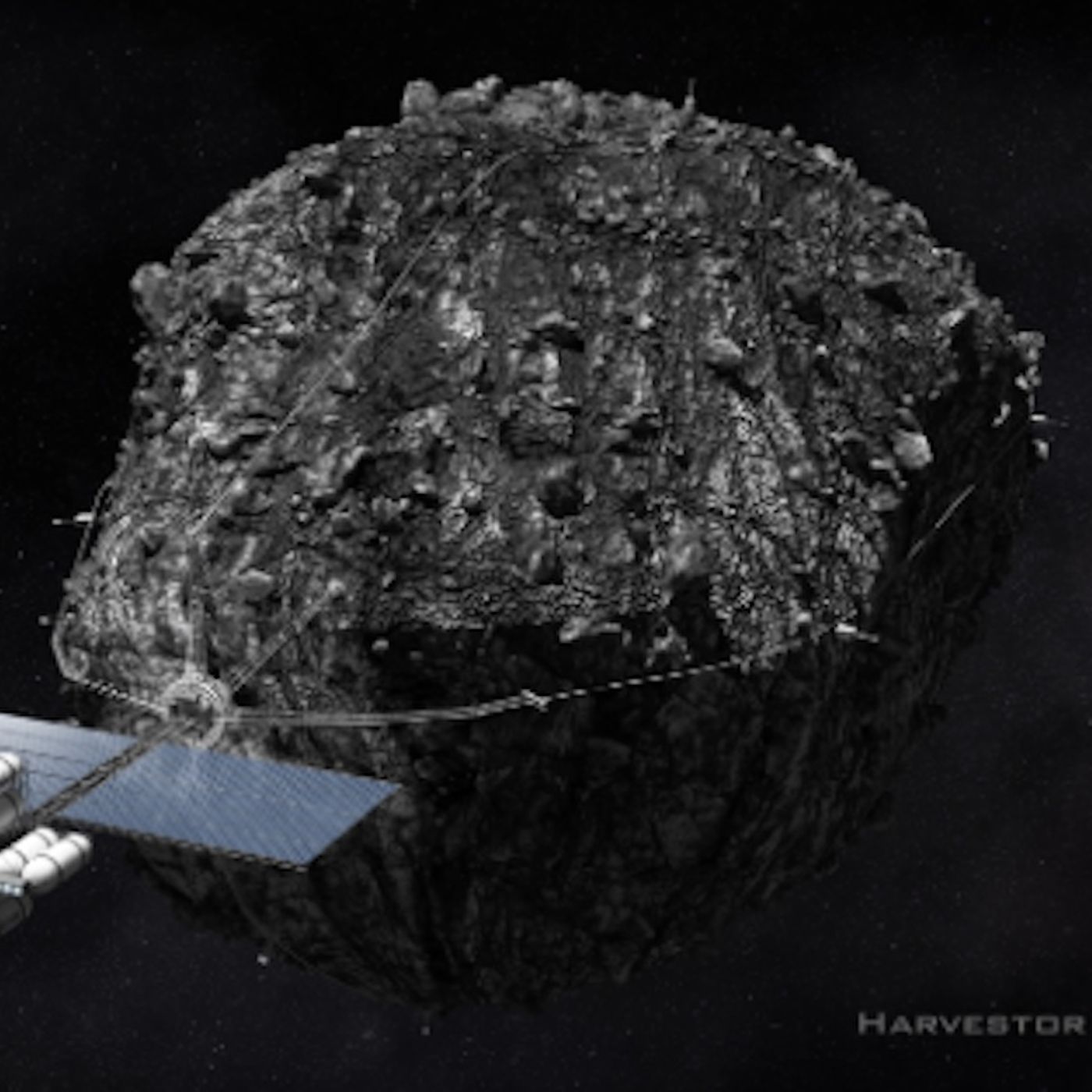
The energy required to lift water, food, and construction materials from the Earth's surface is very expensive. Asteroids come relatively close to Earth and could provide space colonists with metals, carbon, water, and the other important ingredients of modern life. Most space rocks like most terrestrial rocks may be pretty and interesting but they are not a practical source of the materials humans use and need.
858-Vanishing Dark and Quiet
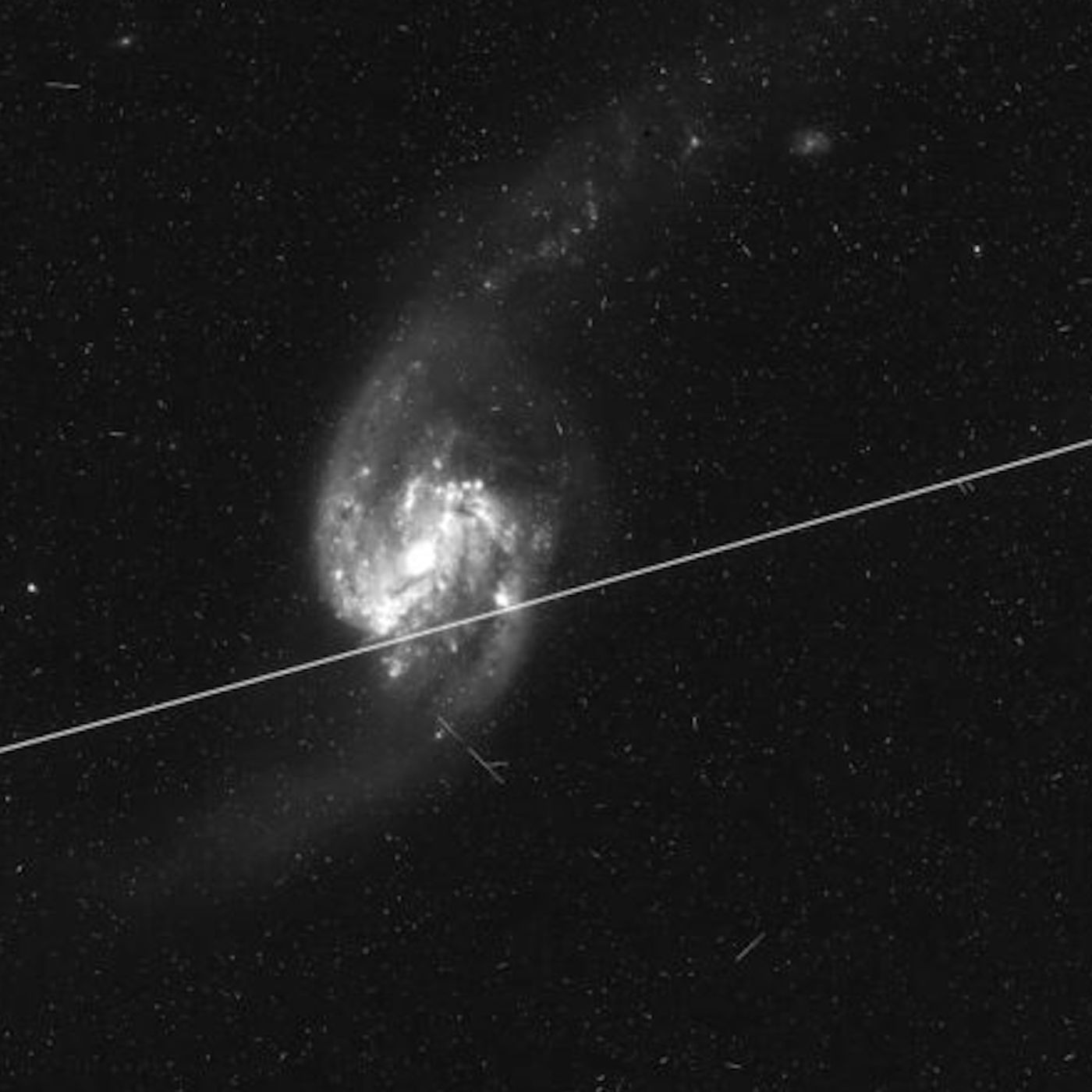
Sadly humans seem to be in the process of creating a cosmic land fill which will blot out much of the cosmos.
345E-368-Asteroid Alert
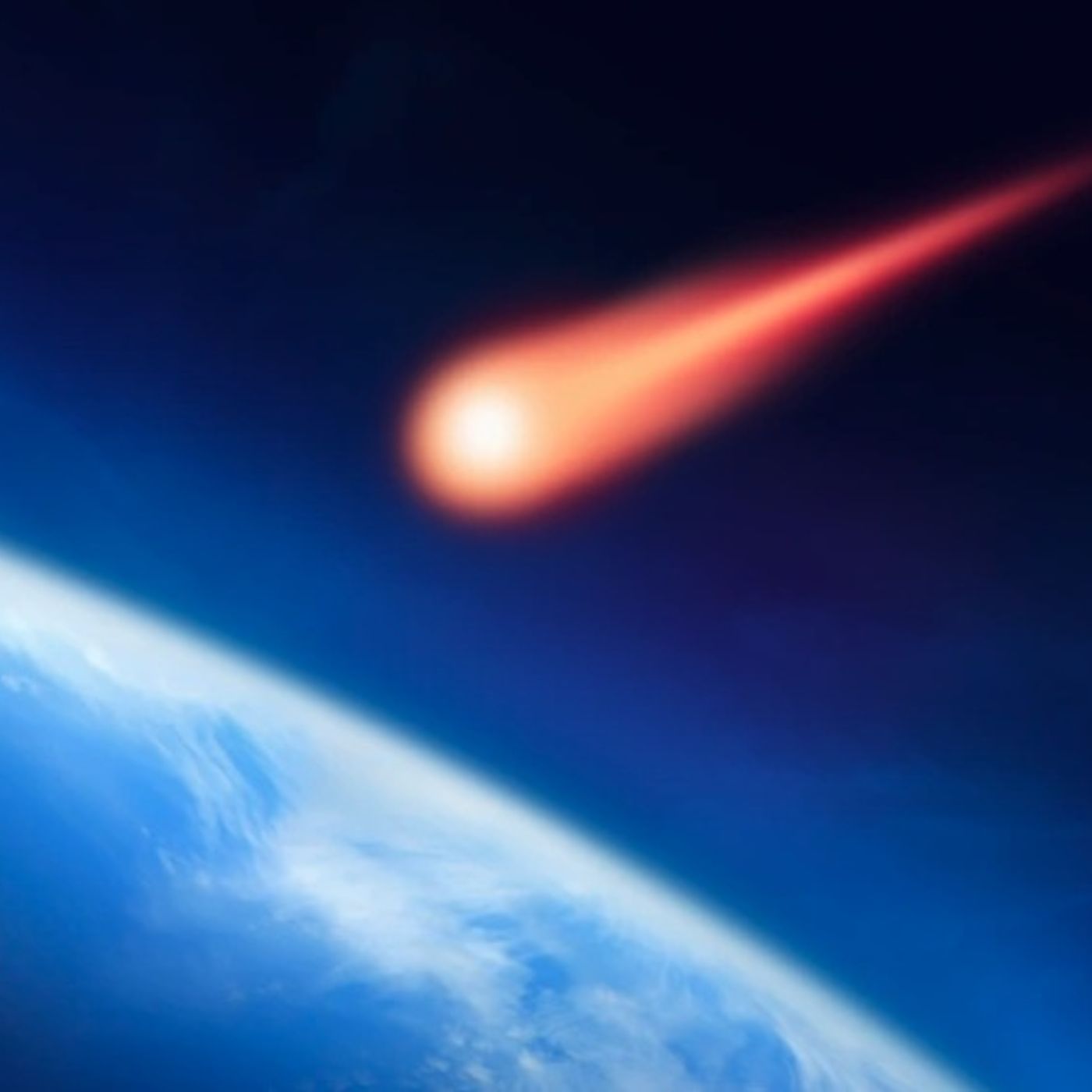
When Asteroid hunters discover a new object it is given a score ranging from 0 which means it is likely to be a distant main belt asteroid up to 100 which means that it is likely to come near to us. Each newly discovered asteroid which receives a score of 65 or greater is posted on the Minor Planet Center's Near Earth Object Confirmation Page so that telescopes around the world can track it to estimate it's size as well as to refine our knowledge of it's orbit around the Sun. NASA feeds data on each new discovery into its Scout software system...
857-Gila Cliff Dwellings
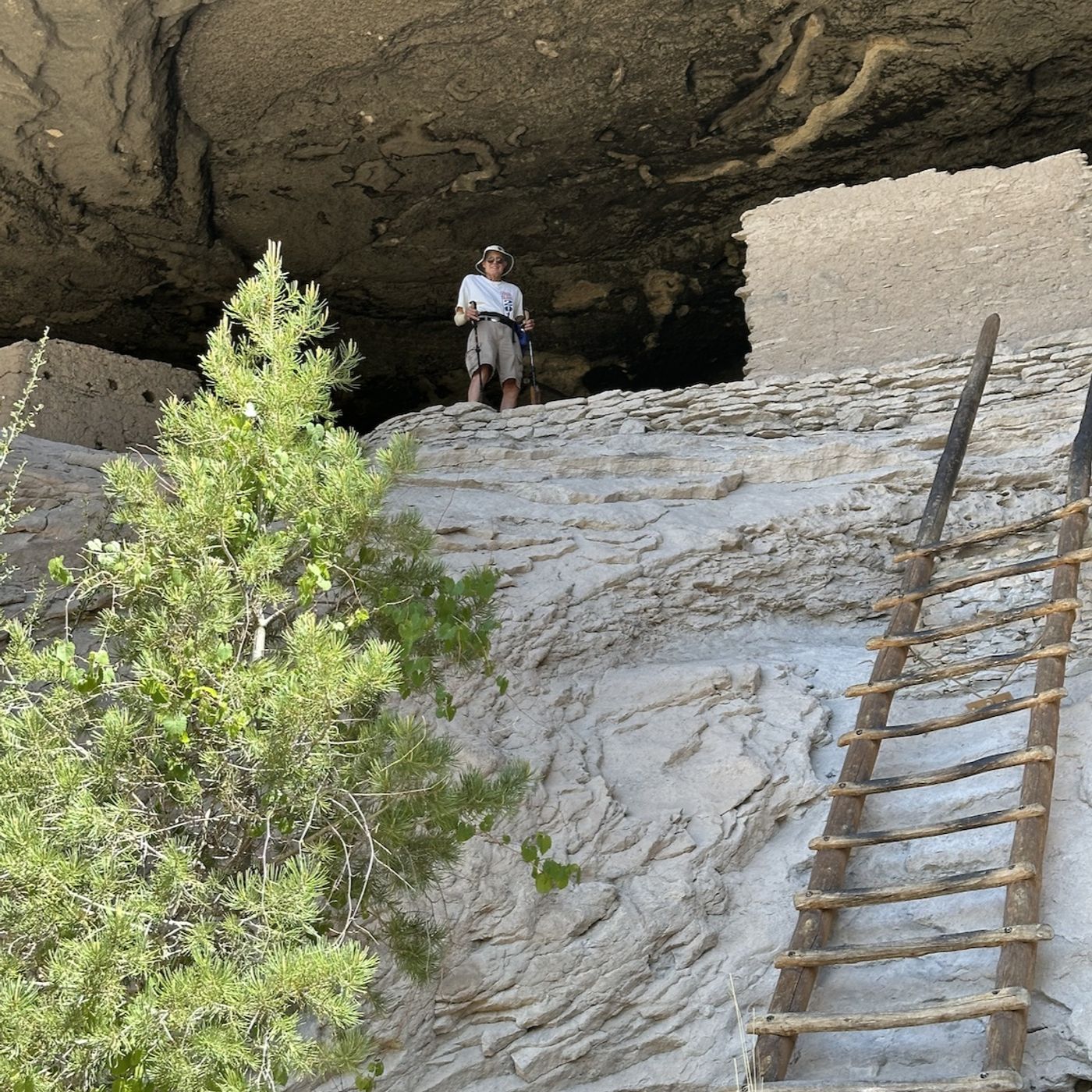
Recently my Catalina Sky Survey teammate Dr. Hannes Gröller and I traveled to the Gila Cliff Dwellings National Monument to install two night sky meters which will enable this wonderful national treasure to become an international dark sky park. Surrounded by vast tracts of unoccupied public land and having an abundance of clear weather the Gila Cliff Dwellings National Monument and the Cosmic Campground International Dark Sky Sanctuary both in New Mexico are among the best places in the world to view the natural night sky.
344E-367-Future Impactor
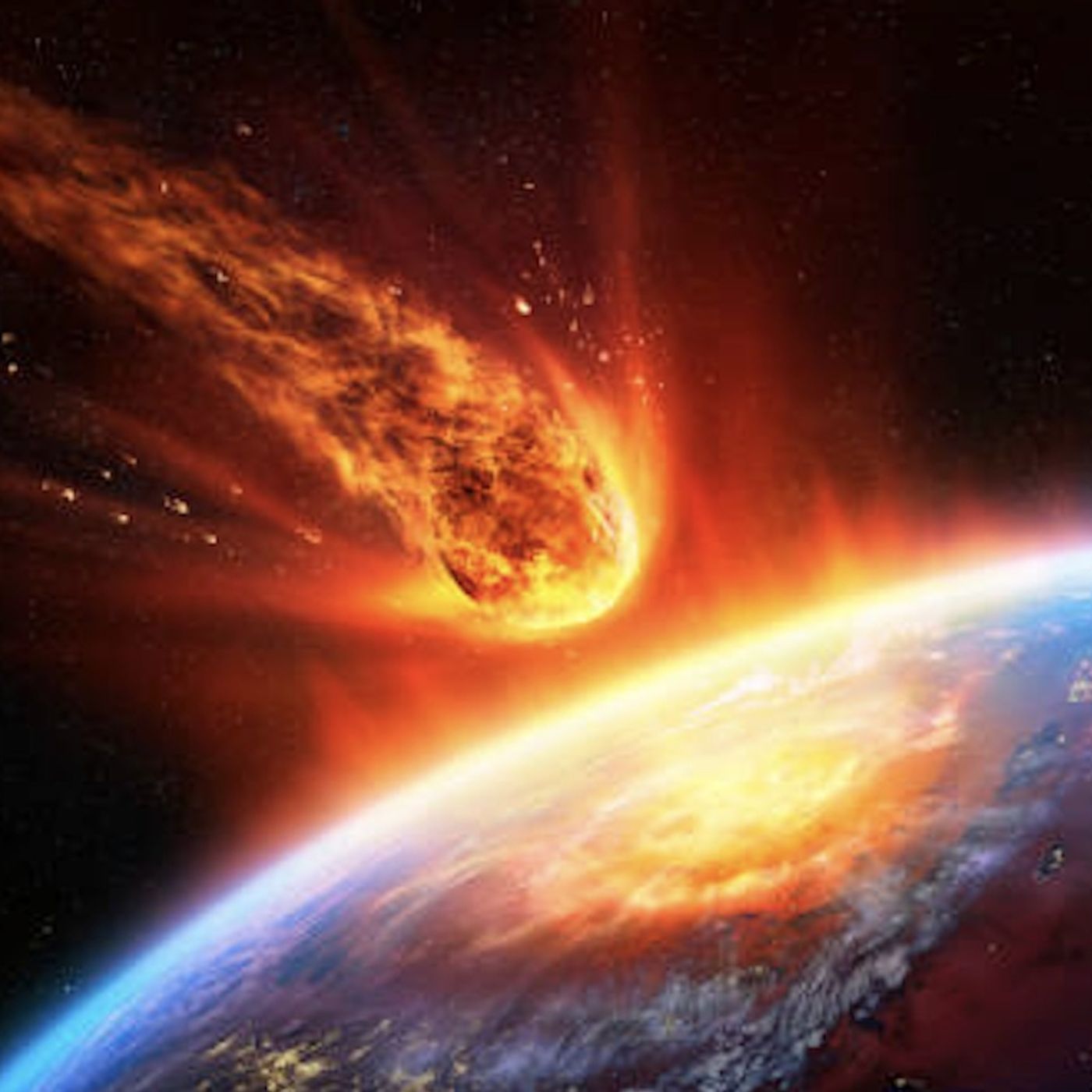
My Catalina Sky Survey teammate Carson Fuls discovered a 33 foot diameter asteroid which has about a 1.1% chance of impacting the Earth on 569 encounters with our planet between 2045 and 2116. Its name is 2017 LD. It is on the list of the most likely objects to strike the Earth in the next hundred years as reported on NASA's Sentry Earth Impact Monitoring table. Even so, given our current data, there is a 98.9% chance that 2017 LD will not enter our atmosphere on any of its close approaches to Earth in the next 100 years.
856-Big One
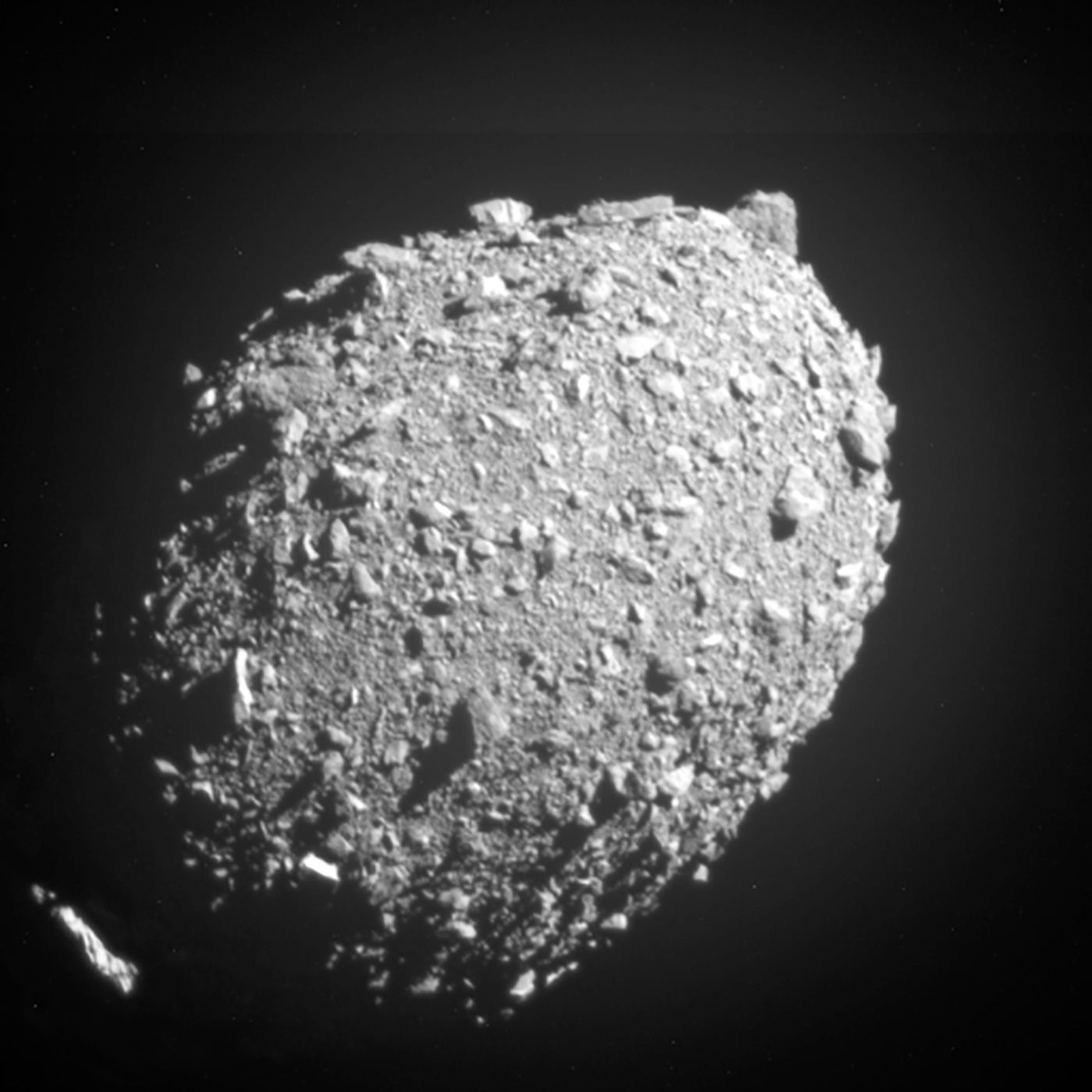
My Catalina Sky Survey teammate Vivian Carvajal was asteroid hunting in the constellation of Cepheus with our small but mighty Schmidt telescope on Mt. Bigelow, Arizona when she discovered 2025 JB1.Fortunately on its current path there is zero probability that 2025 JB1 will impact our home planet in the foreseeable future. Further asteroid hunters continue to search for any other large asteroids which might impact Earth so that mitigation efforts would be effective.
343E-366-3 Explorers
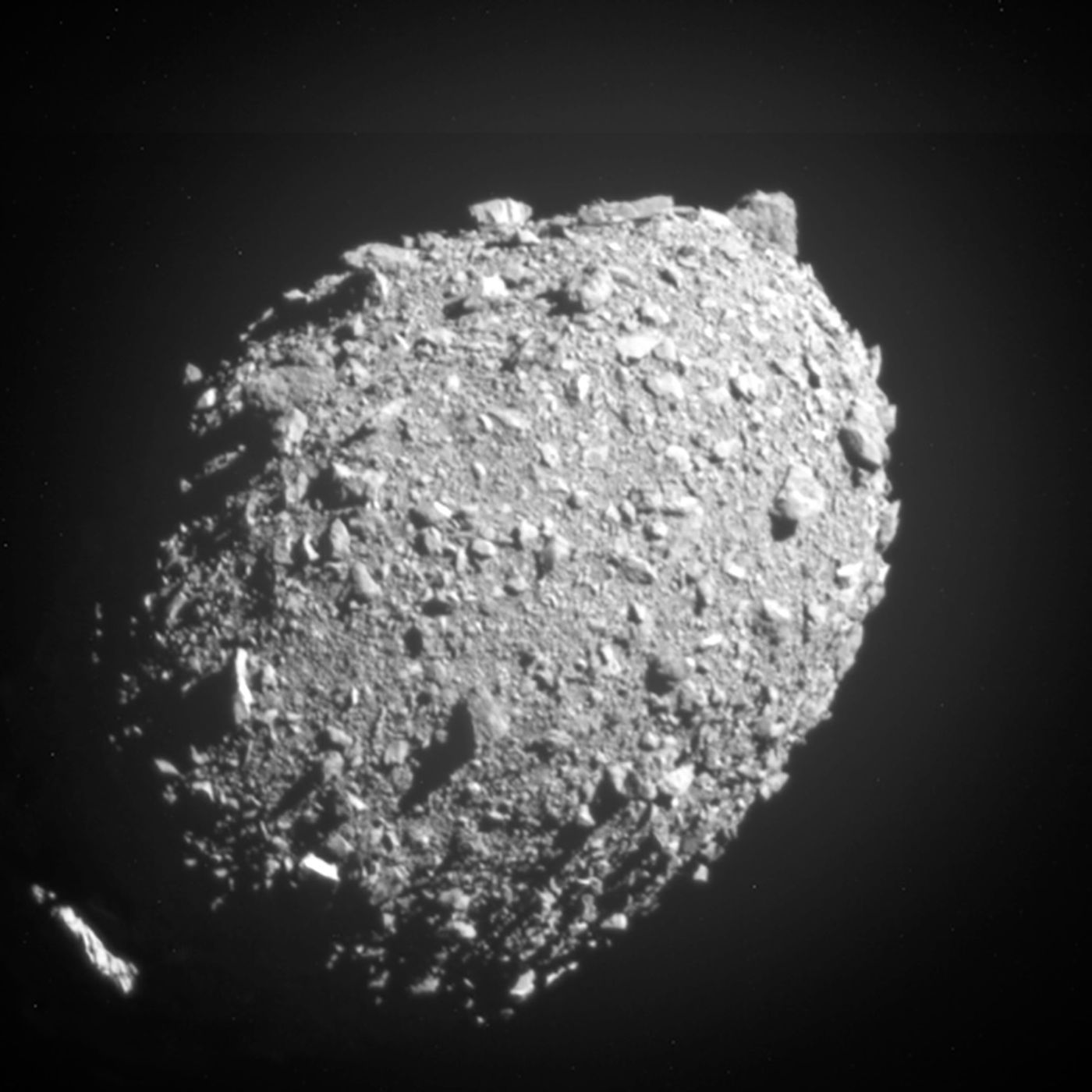
Recently, my Grandsons, Dane and Hank joined our asteroid hunting team at the Catalina Sky Survey 60 inch telescope on Mt. Lemmon. The most interesting of our discoveries, 2017 KJ32 is only 16 feet in diameter, orbits the Sun once every 315 days, and can come closer to us than the communications satellites. 4 days and 16 hours before Dane, Hank, and I spotted it, 2017 KJ32 passed about 41,000 miles from the surface of Earth traveling at a relatively slow speed for an Earth approaching asteroid of 1.6 mi/sec. By the time 2017 KJ32 came into one of our images it was already 768,000 miles from Earth and was...
855-Planetary Defense
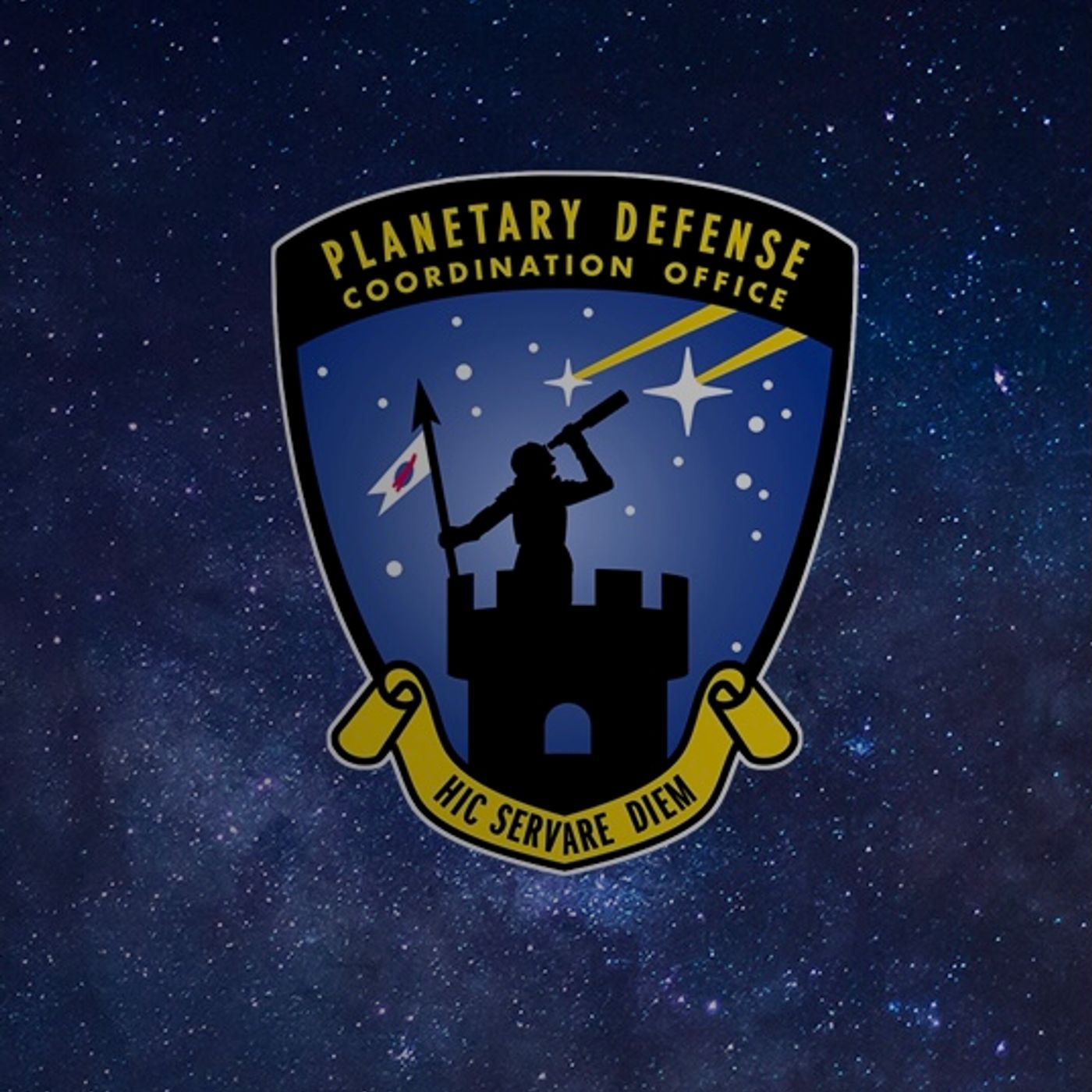
In 2016 NASA created the Planetary Defense Coordination Office to manage the mission of finding, tracking, and studying asteroids and comets which could pose an impact threat to our home planet.The NASA documentary “Planetary Defenders” provides an excellent over view and can be streamed on the internet.
342E-365-Tabby's Star
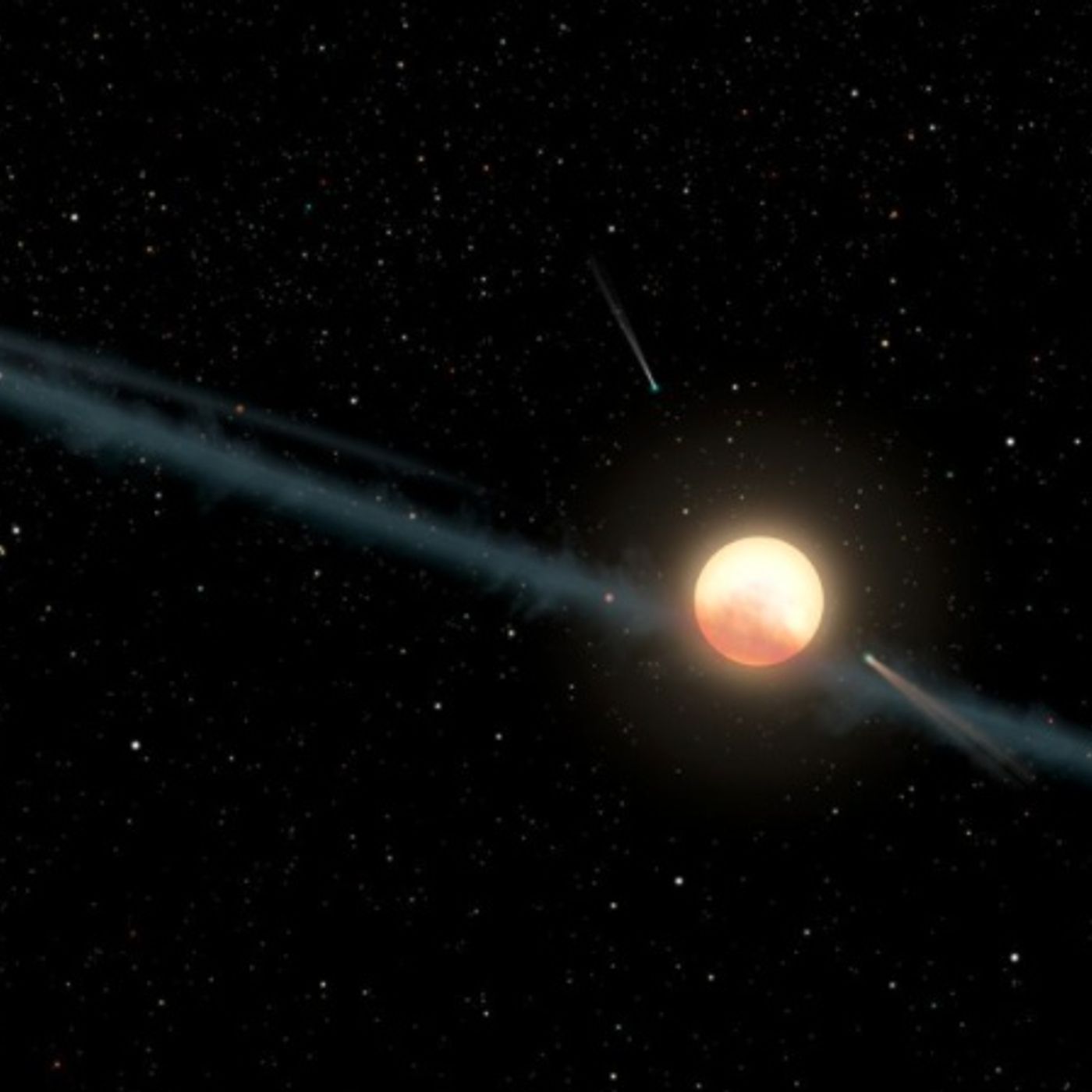
The mystery of Tabby's star began to unfold when in 2015 Dr. Tabetha S. Boyajian [boy-AA-jee-uhn] of Louisiana State University and her team published a paper describing the irregular dips in the light output of what otherwise would seem to be a garden variety star over the period 2009 to 2013. Subsequently a list of proposed explanations include swarms of comets, large asteroids, a debris disk, and even a massive alien megastructure.
854-Weird Planet Exotic Life?
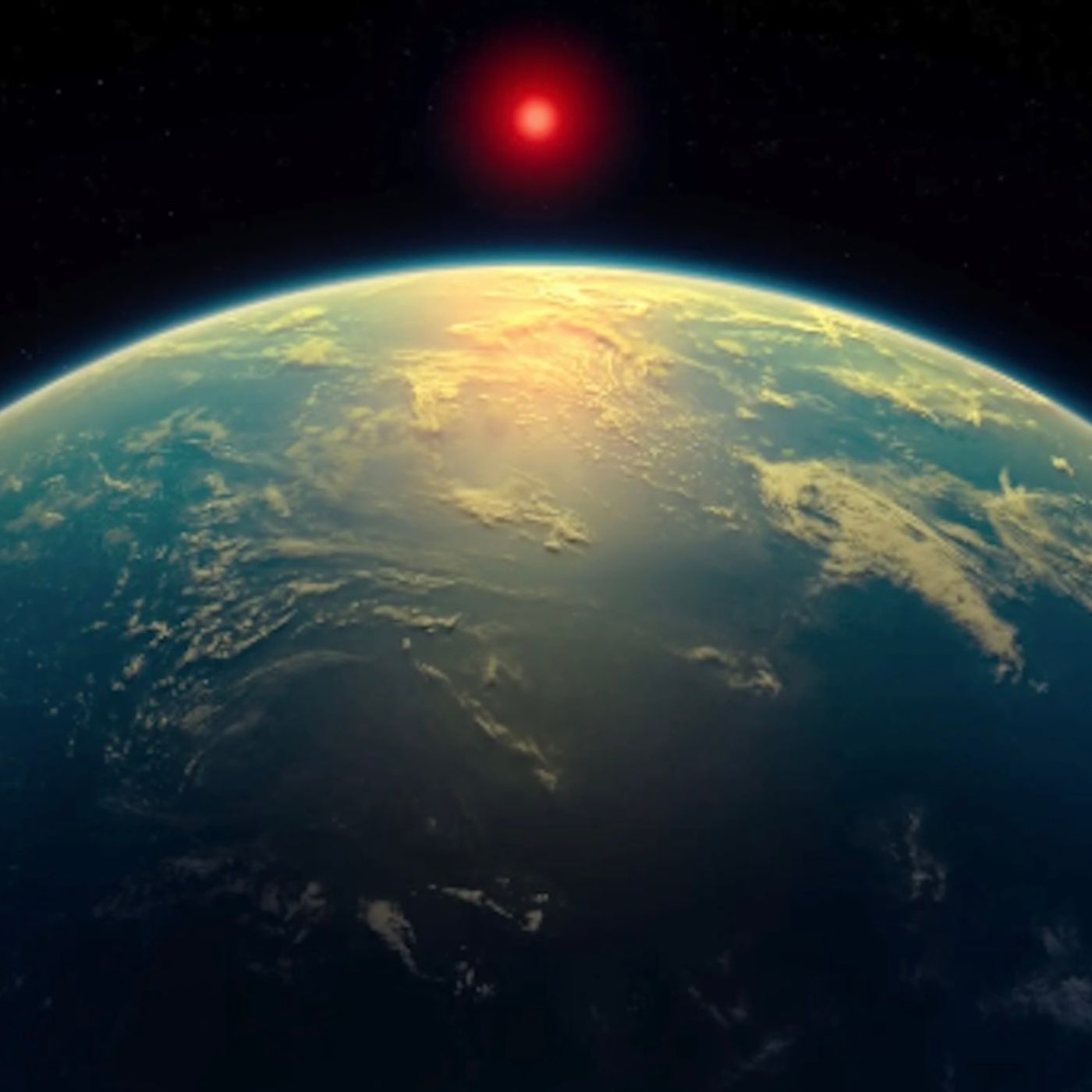
Data are consistent with the hypothesis that the planet K2-18b is a Hycean planet with a warm liquid water ocean teaming with life and a thin hydrogen rich atmosphere containing methane and other molecules containing carbon. Scientists in an opposing camp point out what we might be observing is a rocky world with a hot life killing atmosphere.
341E-364-Laser Surfing

When we find a planet which appears to have the chemical signs of living organisms in its atmosphere, the desire to take a close up look at it will be hard to contain. In a Scientific American article, Lee Billings describes Yuri Milner's 100 million dollar project "Breakthrough Starshot" which has been created to leap frog our current rocket technology's extremely long travel times to nearby planets. The plan is to put ultra light space probes on paths which will enable them to collect data as they streak by nearby potentially habitable planets. Our current iPhone technology is being used to...
853-Tardigrade
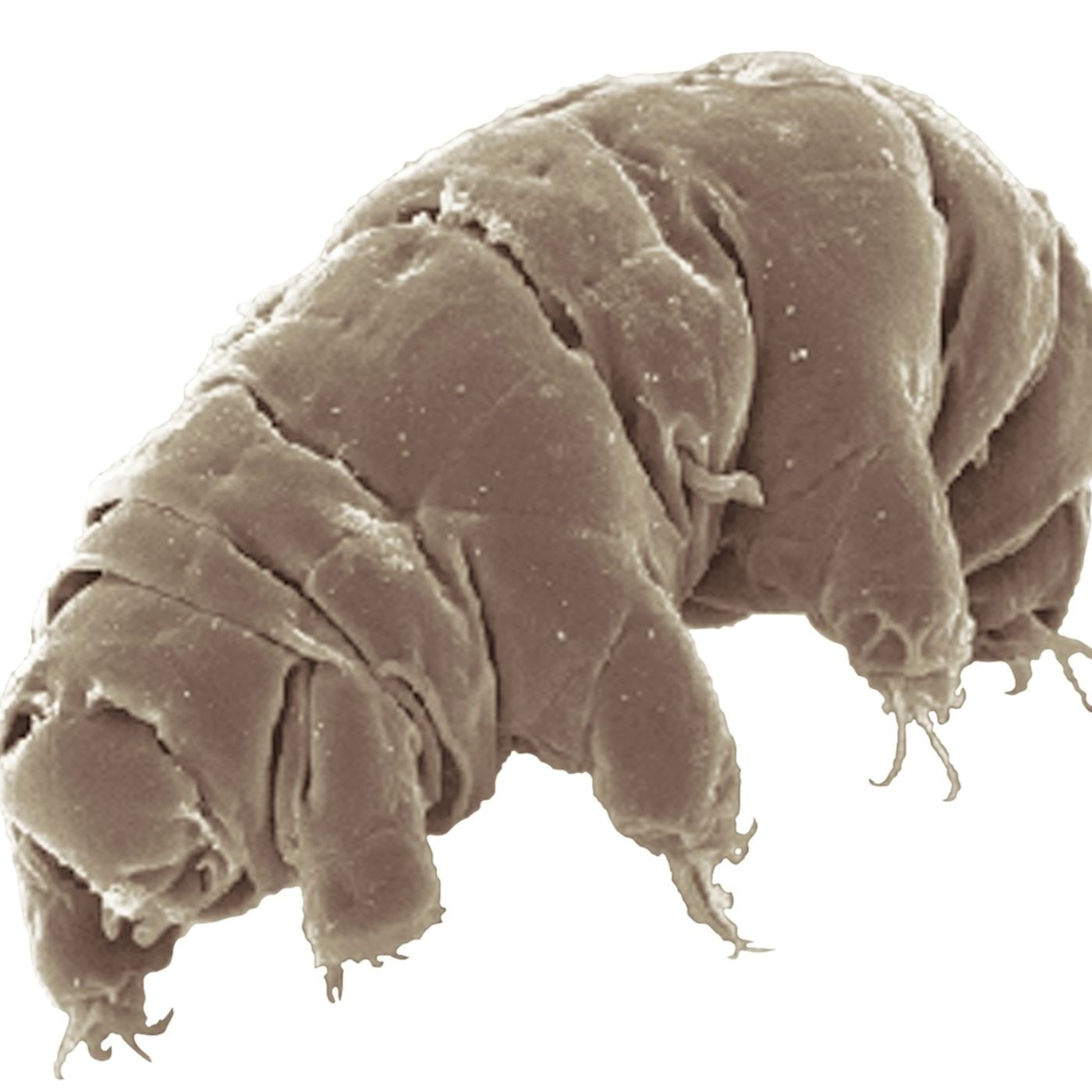
In the search for life on Mars, Europa, Titan, and elsewhere in the universe astro-biologists are scouring the Earth for creatures tough enough to flourish under really difficult conditions. So far the leading species are the Tardigrades commonly known as water bears or moss piglets.
852-Landing On Mars
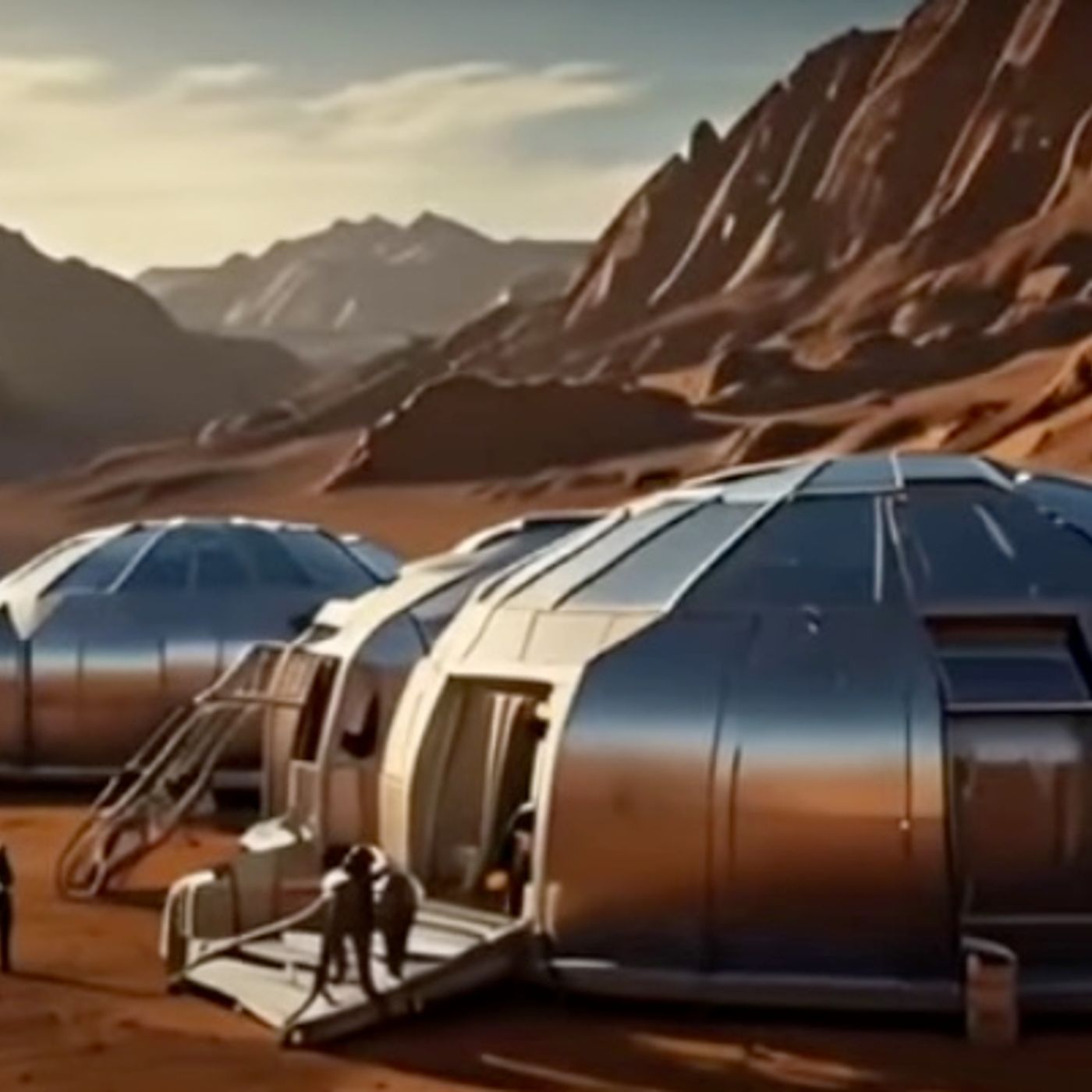
The good news is a Mars landing by human colonists and their equipment seems technically feasible given a large budget of cash and grit.
339E-359-Ice World
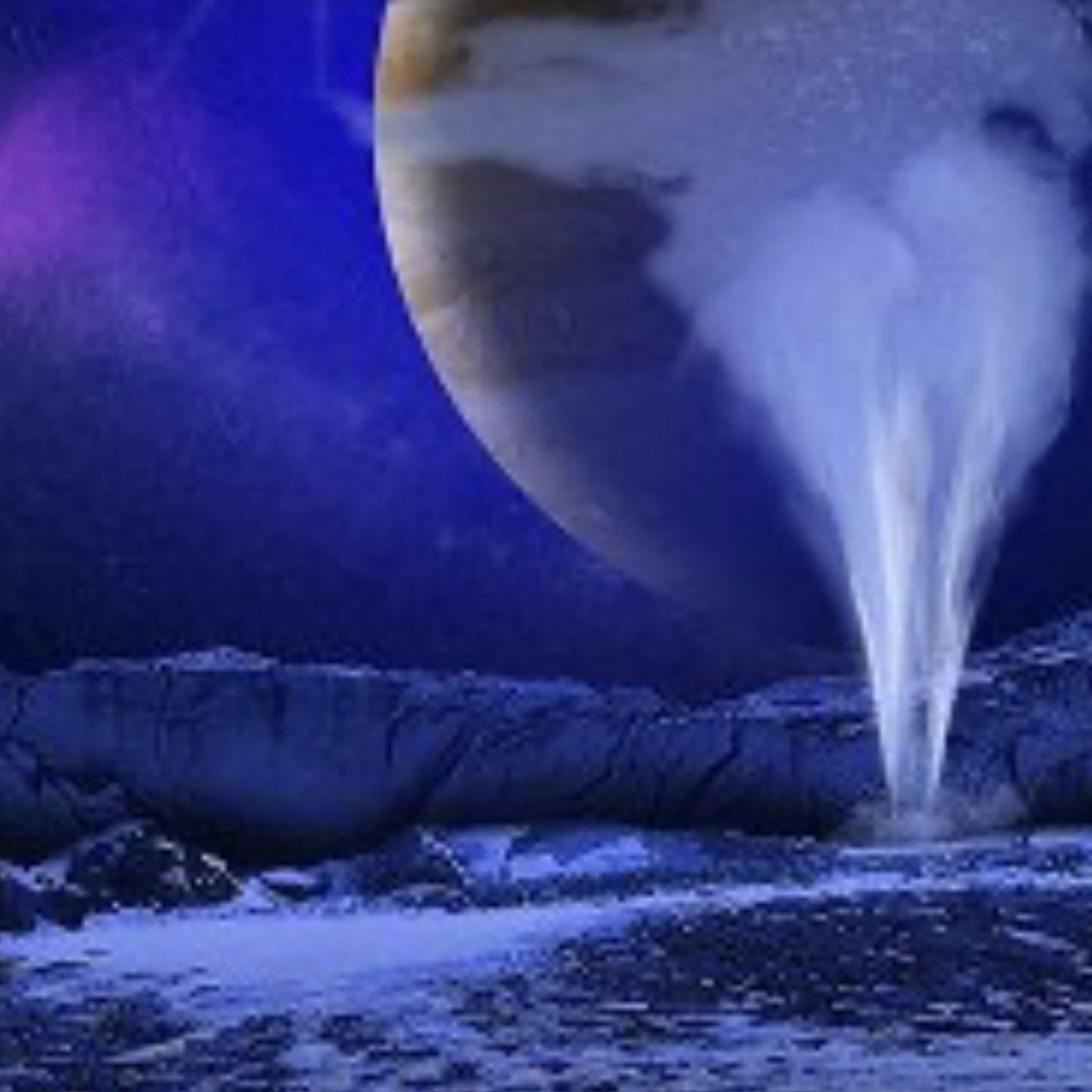
Recently Dr. Yossi Shvartzvald led a team which published their discovery of an Earth sized planet using microlensing in the Astrophysical Journal Letters. The newly discovered planet OGLE-2016-BLG-1195Lb orbits a small dim object about 13,000 light years from us. With only 7.8% of the Sun's mass the new planet's star may be a brown dwarf and not a star at all. At about the same distance from its star as we are from the Sun this new planet is likely to be an ice ball world colder than Pluto.
851-Scientists Views Odds of Aliens
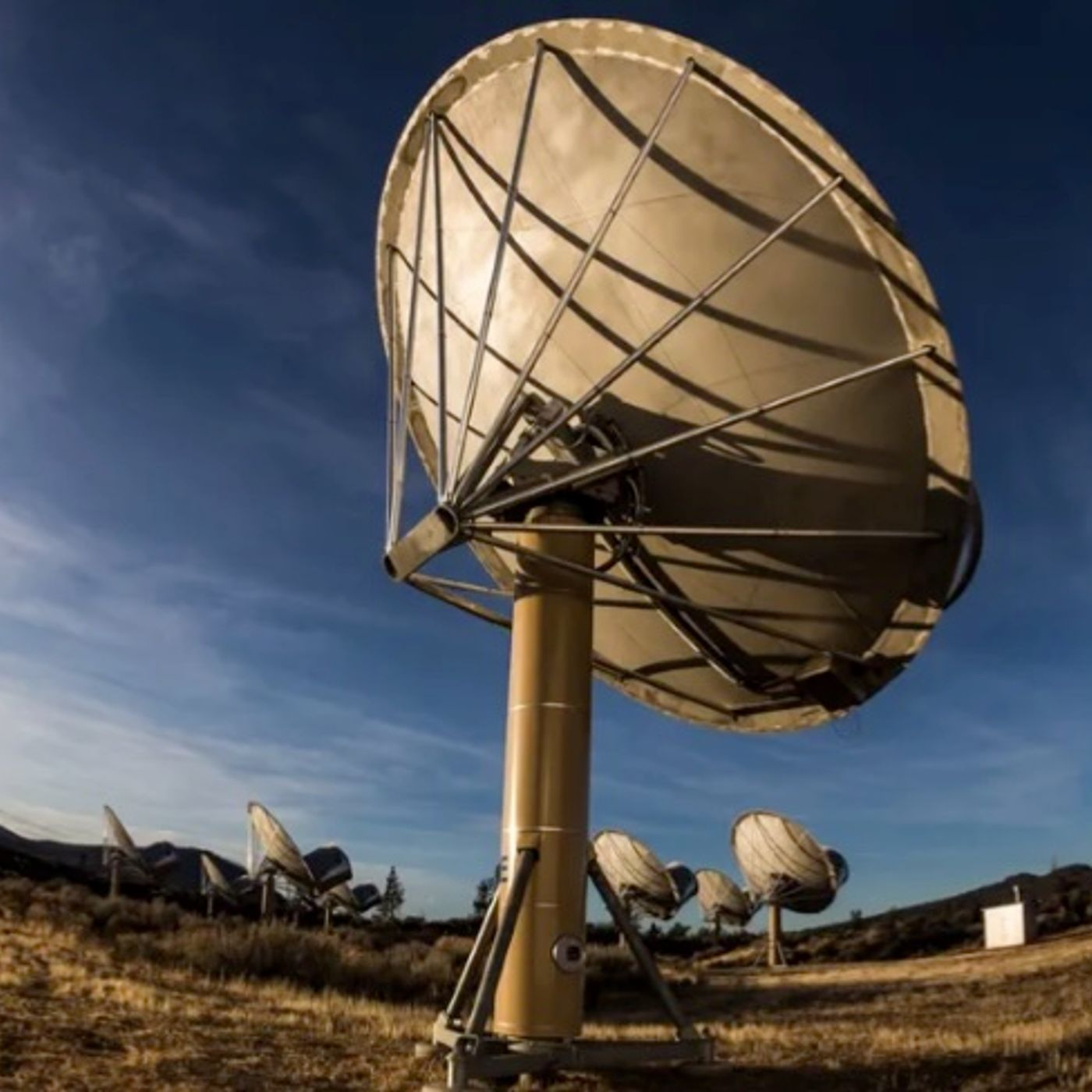
In a recent paper published in Nature Astronomy entitled “Surveys of the scientific community on the existence of extraterrestrial life” Dr. Peter Vickers and his team of 10 co-authors report the results of their survey of the lead authors for the past 10 years in the top three astro-biological journals. These researchers sought to measure if their sample group of scientists thought it likely that 1) simple life, and/or 2 ) life more complex than terrestrial bacteria, and/or 3) Intelligent life comparable or superior to human beings exists outside of Earth.
